Our older readers no doubt had a poster on the bedroom or garage wall; for younger folk the poster was replaced by a desktop or smartphone wallpaper, not to mention the model cars all ages tend to collect.
The point is, supercars are important: for those lucky enough to afford them they offer the ultimate driving experience, but even for those of us who can’t they introduce new technology, push engineering boundaries and inspire the next generation.
Nevertheless, selecting the top 100 supercars of all time is no easy task, believe me. First of all, you have to define what a supercar is. Are front-engined cars allowed? Is there a certain performance threshold? What about production numbers?
In the end, it was more about ‘feel’ – you just know a supercar when you see one.
That settled, we had to find 100 supercars, which is harder than you might think. We sent out our nets and trawled the very deepest depths of the automotive ocean in an attempt to discover every possible car.
We started yesterday by counting down the top 100-51 greatest, you can find the link to that at the top.
For the purposes of this list the supercar era starts with the Miura in 1966 (with one exception) and continues until the present day. Cars that are still in development were omitted as there isn’t sufficient information available to accurately rank them.
Disagree with our rankings? Let us know why at the usual address.
50: Shelby Cobra (1965)
6980cc V8, 317kW/651Nm
It might not have a sexy wedge profile, but if turning heads and raising the hairs on the driver’s neck make a supercar, then Shelby’s Cobra 427 definitely qualifies. Semi-competition models offered 362kW in a 1068kg body. Scary.

49: Porsche 911 GT2 RS (2010)
3600cc flat-6TT, 456kW
The latest GT2 RS qualifies for its outrageous speed, but its 997 predecessor is far rarer (just 500 built), 100kg lighter and comes with the added involvement of a six-speed manual. The last of Porsche’s widowmakers.

48: Audi R8 V10 (2020)
5204cc V10, 456kW/580Nm
Audi entered the supercar arena in fine style. Numerous versions have appeared on the PCOTY podium over the years with two outright victories in 2009 and 2013. RWD or quattro, Spyder or coupe, all are brilliant to drive, look at and listen to!
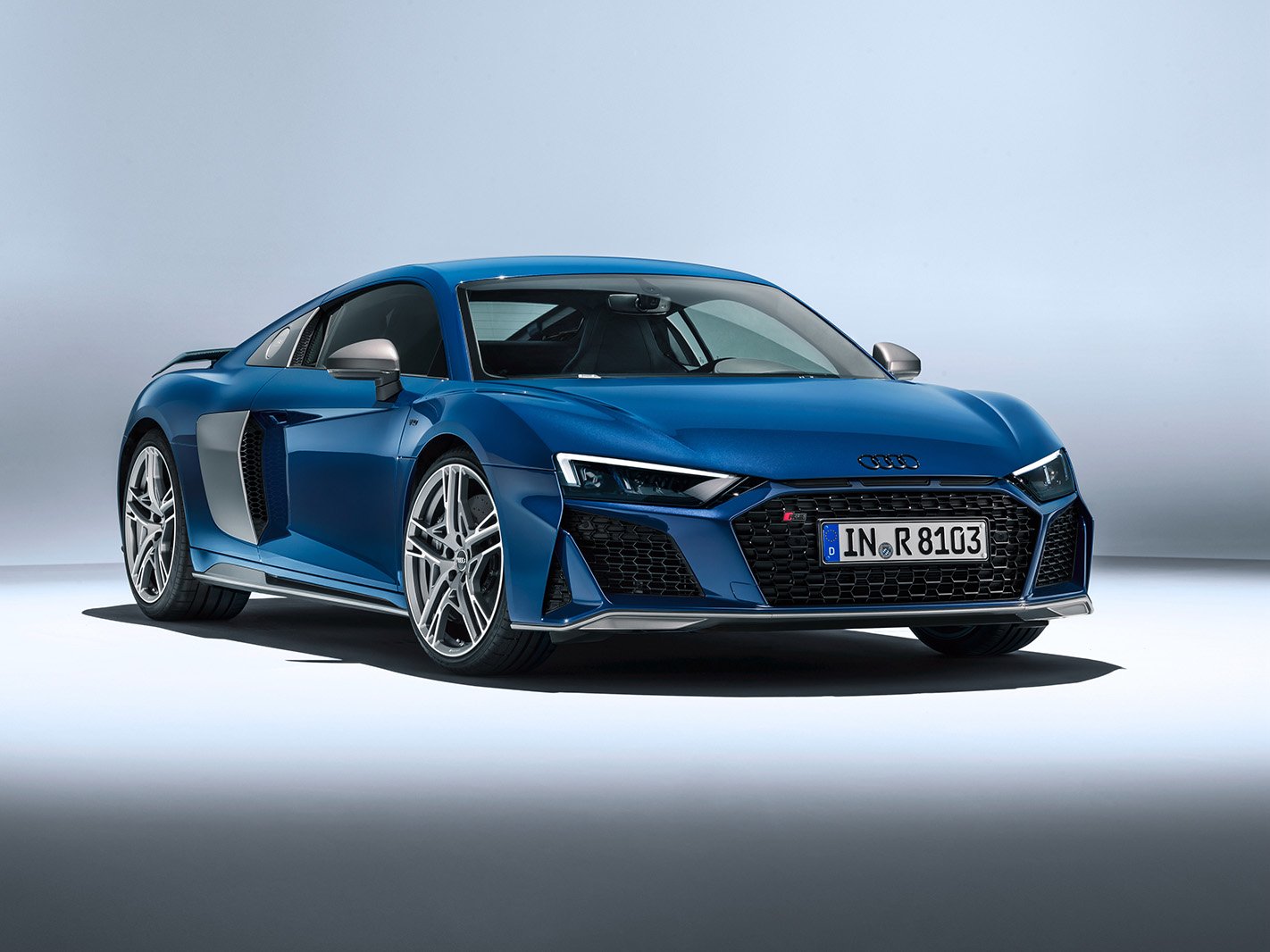
47: Dauer EB110 (2001)
3500cc V12TTTT, 481kW
Following Bugatti’s bankruptcy, Dauer bought the remaining EB110 parts inventory and created five of its own examples. Power grew to 481kW (with a 526kW option) and a full carbon body shed 230kg for vastly improved performance.
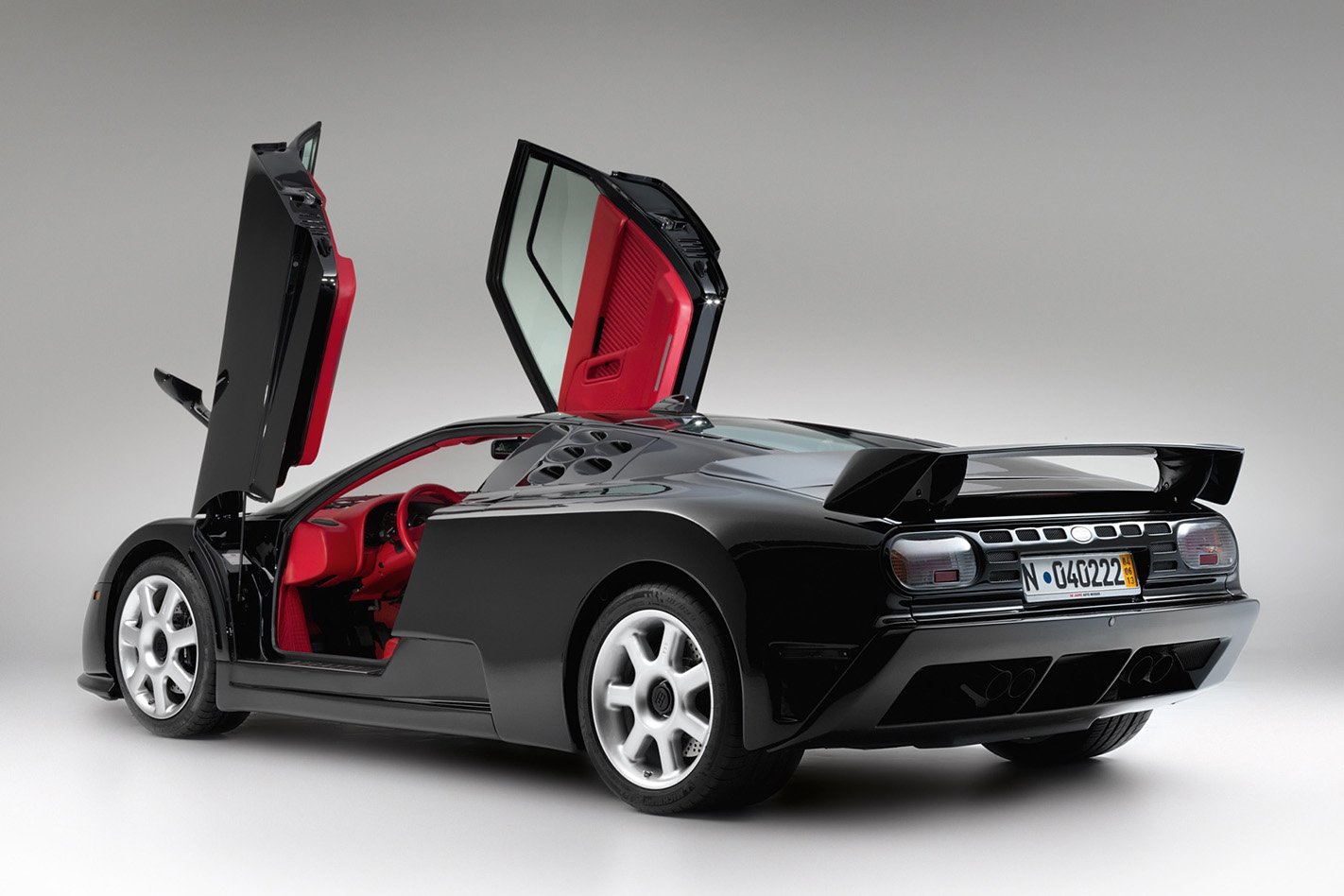
46: Honda NSX (2016)
3493cc V6TTH, 427kW/646Nm
The first NSX was more sports car than supercar, but its long-awaited successor is the real deal. Immensely complex and underappreciated, it takes time to realise just how good the NSX is. Deserves to sell better, but at least it’s exclusive!

45: McLaren 12C (2011)
3799cc V8TT, 441kW/600Nm
We have a lot to thank the 12C for. It not only launched McLaren Automotive, it forced the entire supercar industry to up its game. Despite Ron Dennis’s promises, it wasn’t definitively the best supercar, but its speed and comfort set new standards. Spectacular for a first effort, especially with retrofit upgrades!

44: Lamborghini Aventador (2011)
6498cc V12, 515kW/690Nm
Just look at it! Filippo Perini nailed the design of the Aventador. Even today, almost a decade after its debut, the glimpse of one is enough to stop traffic. If only the driving experience matched the looks. At 250km/h-plus the big Lambo feels at home, but on the road the Aventador is cumbersome and uncomfortable, though the 2017 ‘S’ update vastly improved the ride and handling.

43: Porsche 911 GT1 (1997)
3164cc flat-6TT, 400kW
Stretching the definition of a 911 to breaking point, 25 road GT1s were built to homologate the race car: two with 993 headlights, 20 with a 996 front and one 1998-spec machine that was pure race car, though all were brutal on the street!

42: Ferrari 812 Superfast (2017)
6496cc V12, 588kW/718Nm
It might have its engine in front of the driver rather than behind, but Ferrari’s V12 flagship is every inch the supercar. Its V12 is arguably the angriest production engine ever and its chassis is built for speed rather than comfort, though still retains everyday manners.
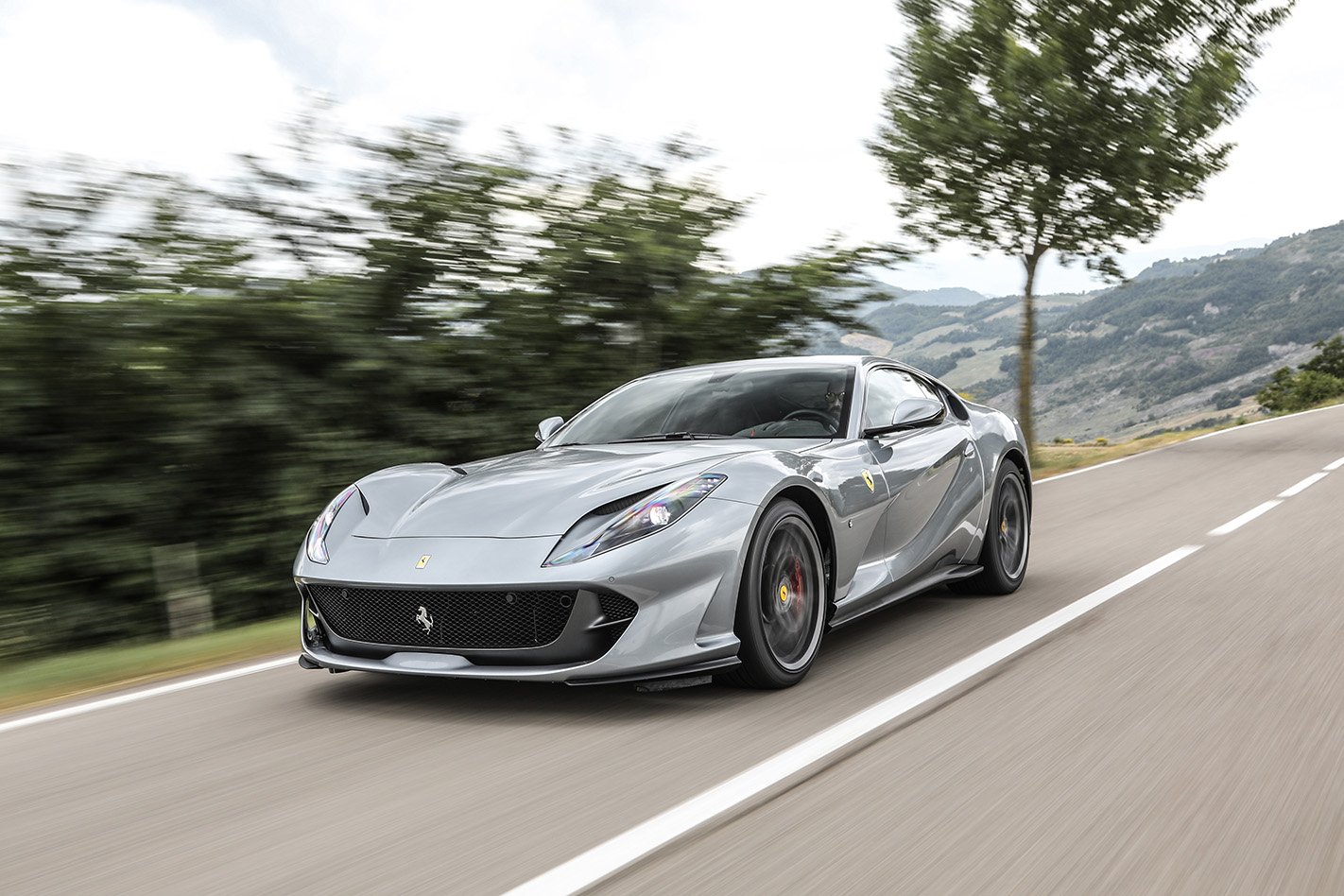
41: Lamborghini Huracan (2014)
5204cc V10, 449kW
Incredible noise, arresting looks, fabulously fast and great to drive fast or slow, the Lamborghini Huracan is everything a modern supercar should be and it only gets better when it’s rear-wheel drive! No wonder it’s so popular.

40: Lamborghini Gallardo (2003)
4993cc V10, 368kW/510Nm
The Gallardo wasn’t just a brilliant car, winning our 2004 PCOTY title, it secured Lamborghini’s future. It became the brand’s best-selling model by miles, with 14,022 built, though the Huracan has since beaten that in just five years!
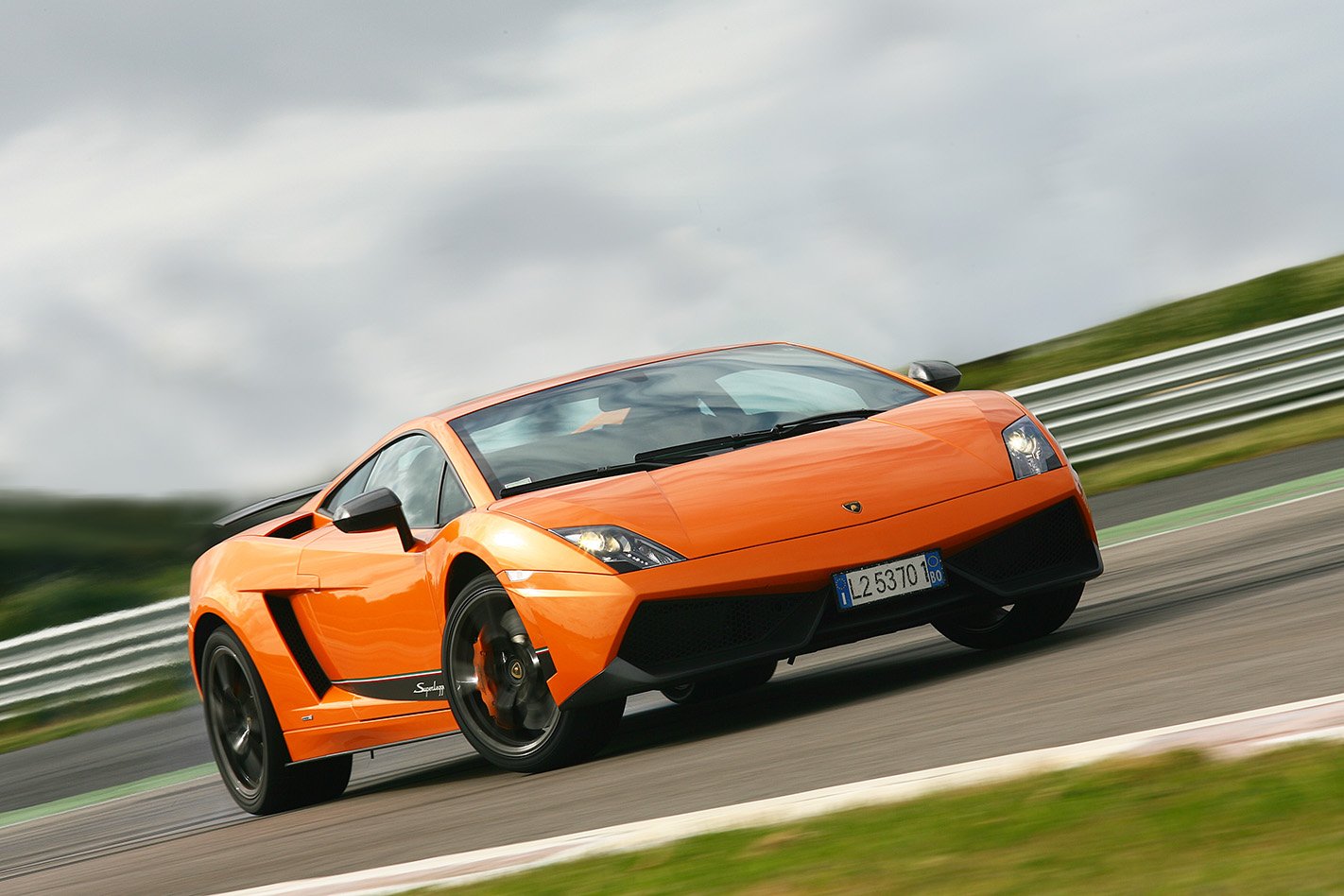
39: Noble M600 (2010)
4414cc V8TT, 485kW/819Nm
Massively powerful twin-turbo V8, lightweight, rear-drive chassis with no driver aids, challenging but beautifully rewarding handling, if any car could claim to be the spiritual successor to the Ferrari F40 it’s the Noble M600.
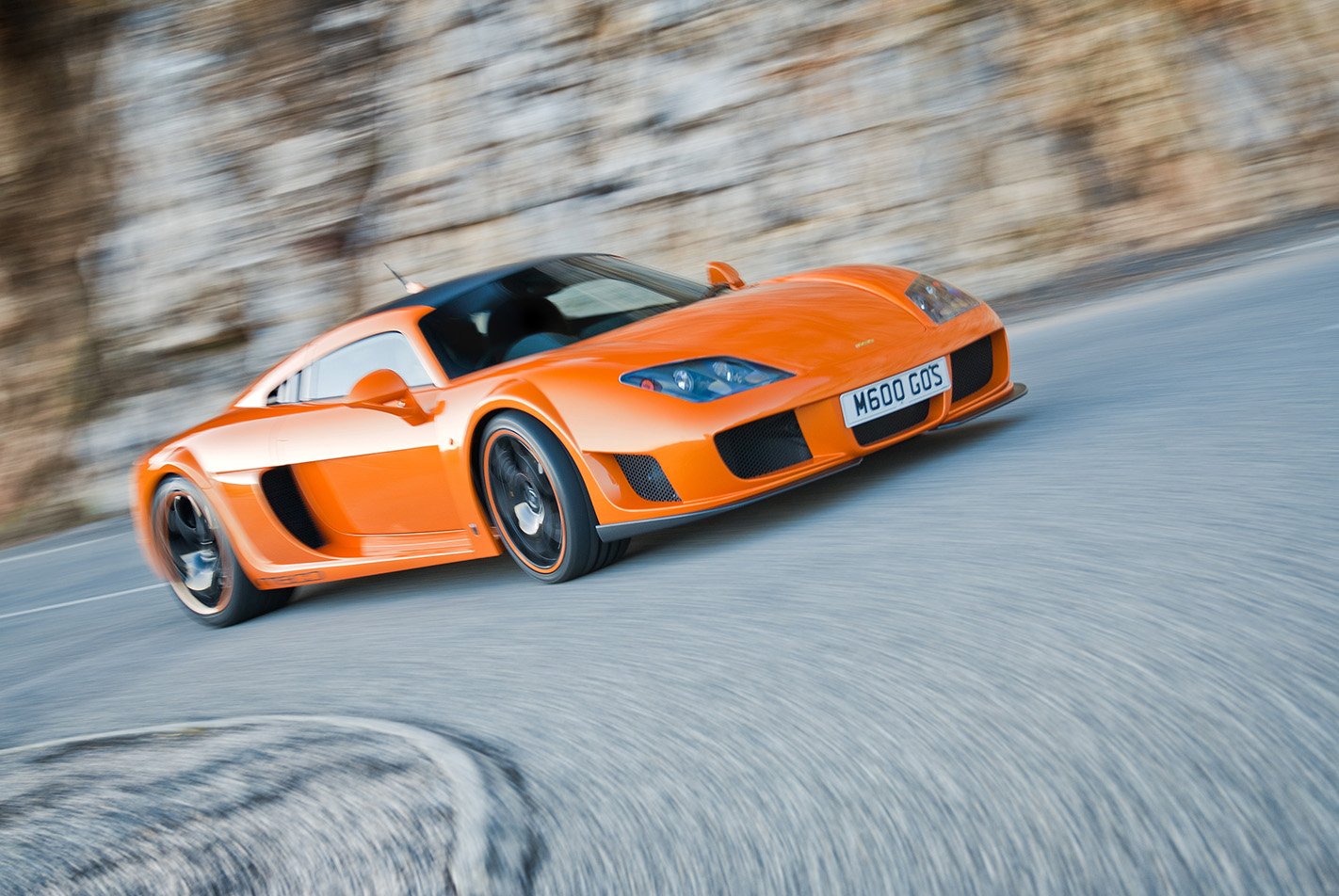
38: McLaren 650S (2014)
3799cc V8TT, 478kW/678Nm
The 12C may have launched McLaren Automotive but the 650S legitimised it. There was even more speed but, crucially, much greater driver involvement, with the limited-edition 675LT being the heroic icing on this supercar cake.

37: RUF CTR ‘Yellowbird’ (1987)
3367cc flat-6TT, 345kW
Not so much a supercar as an icon, the original RUF CTR, dubbed ‘Yellowbird’, not only flogged supercars of the time with its 340km/h speed but starred in one of the first viral videos thanks to Stefan Roser’s heroics around the Nordschleife.
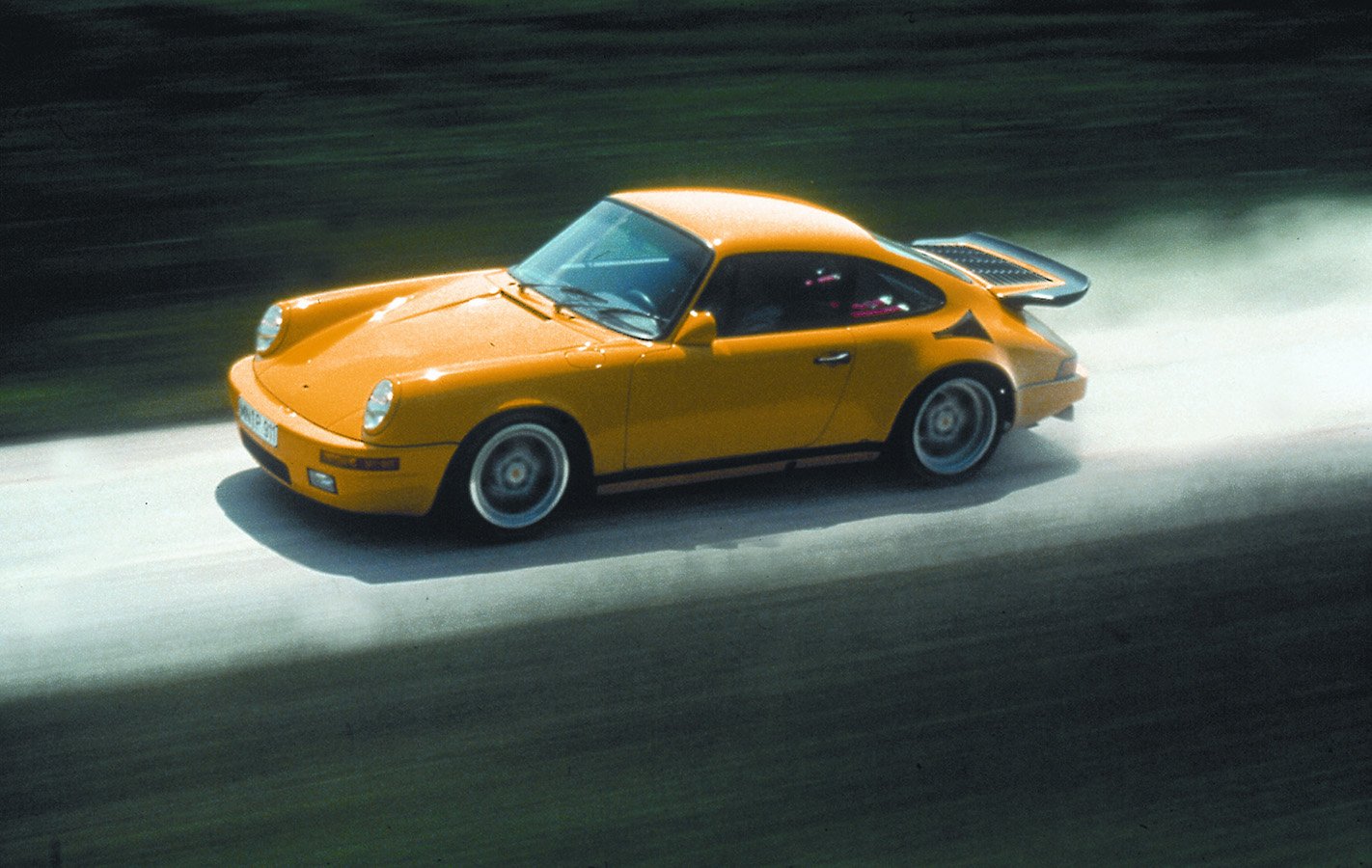
36: Koenigsegg CC8S (2002)
4700cc V8S, 488kW/750Nm
Koenigsegg’s first effort made a hell of a splash. Just six CC8S were built, two in RHD, but it put the Swedish supercar maker on the map by offering insane speed from the wild supercharged V8 as well as the only doors that can upstage a Lamborghini’s!
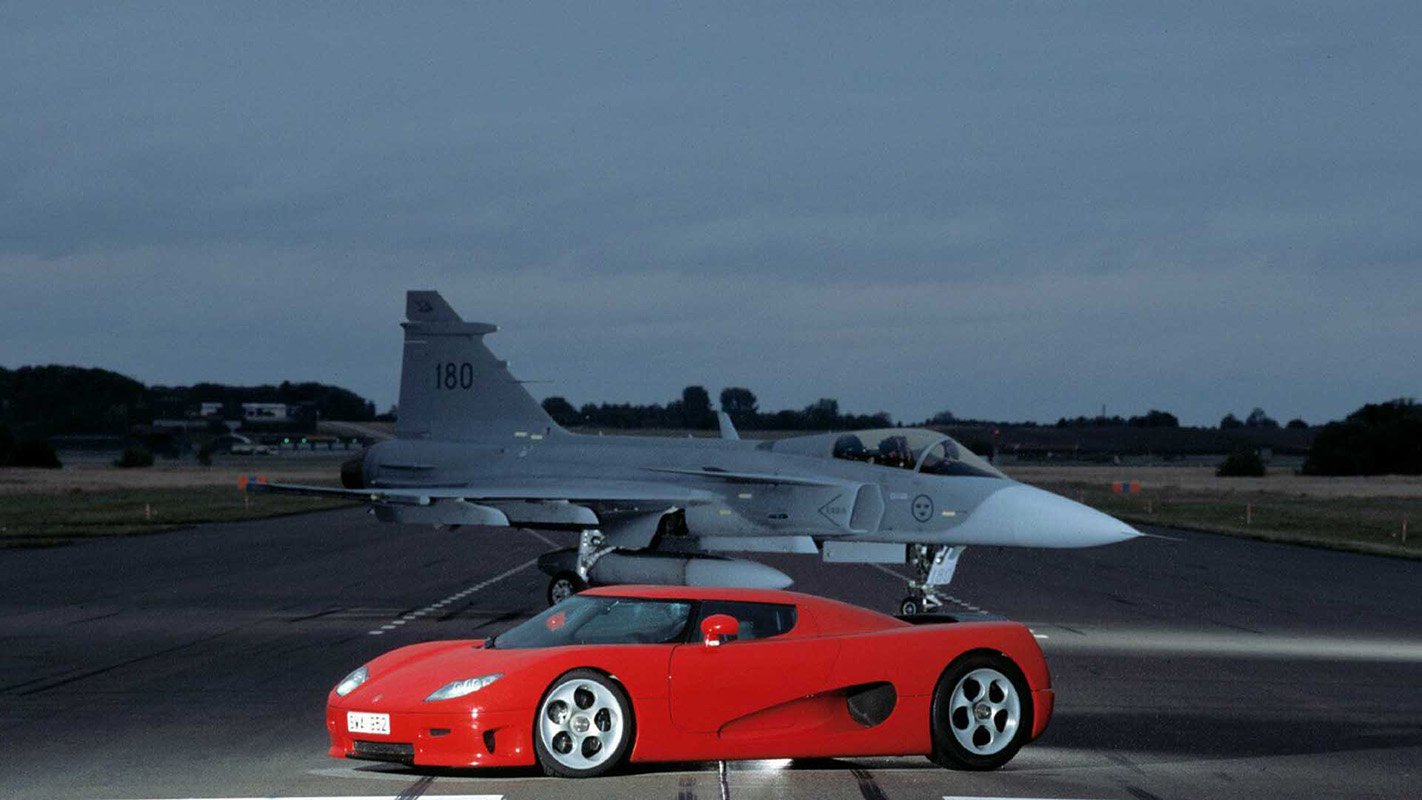
35: Lamborghini Diablo (1990)
5707cc V12, 367kW/580Nm
Developed under Chrysler, it took three more owners for the Diablo to fulfil its potential under Audi as the VT 6.0. While user-friendliness improved over the years, all Diablos have that monstrous V12 of ever-increasing power and poster car looks.

34: Mercedes SLR McLaren (2004)
5439cc V8S, 460kW
The product of squabbling parents, the SLR McLaren had a troubled birth. Phenomenally fast but with iffy handling, weird brakes and a stratospheric pricetag, McLaren has since quietly offered numerous upgrades for its offspring.

33: Ford GT (2017)
3496cc V6TT, 482kW/746Nm
Raw and jaw-droppingly good looking, the 21st century GT successfully took Ford back to Le Mans with GTE victory in 2016. Trouble is, as a supercar its twin-turbo V6 sounds ordinary and for all its race pedigree, it’s not as fast as, say, the next car on this list.

32: McLaren Senna (2019)
3994cc V8TT, 588kW/800Nm
Unlike many supercars that put style ahead of substance, the Senna is firmly in the function over form camp. It’s no svelte beauty, but virtually nothing with number plates can match it on track, with 800kg of downforce at 250km/h and the best road car brakes ever.
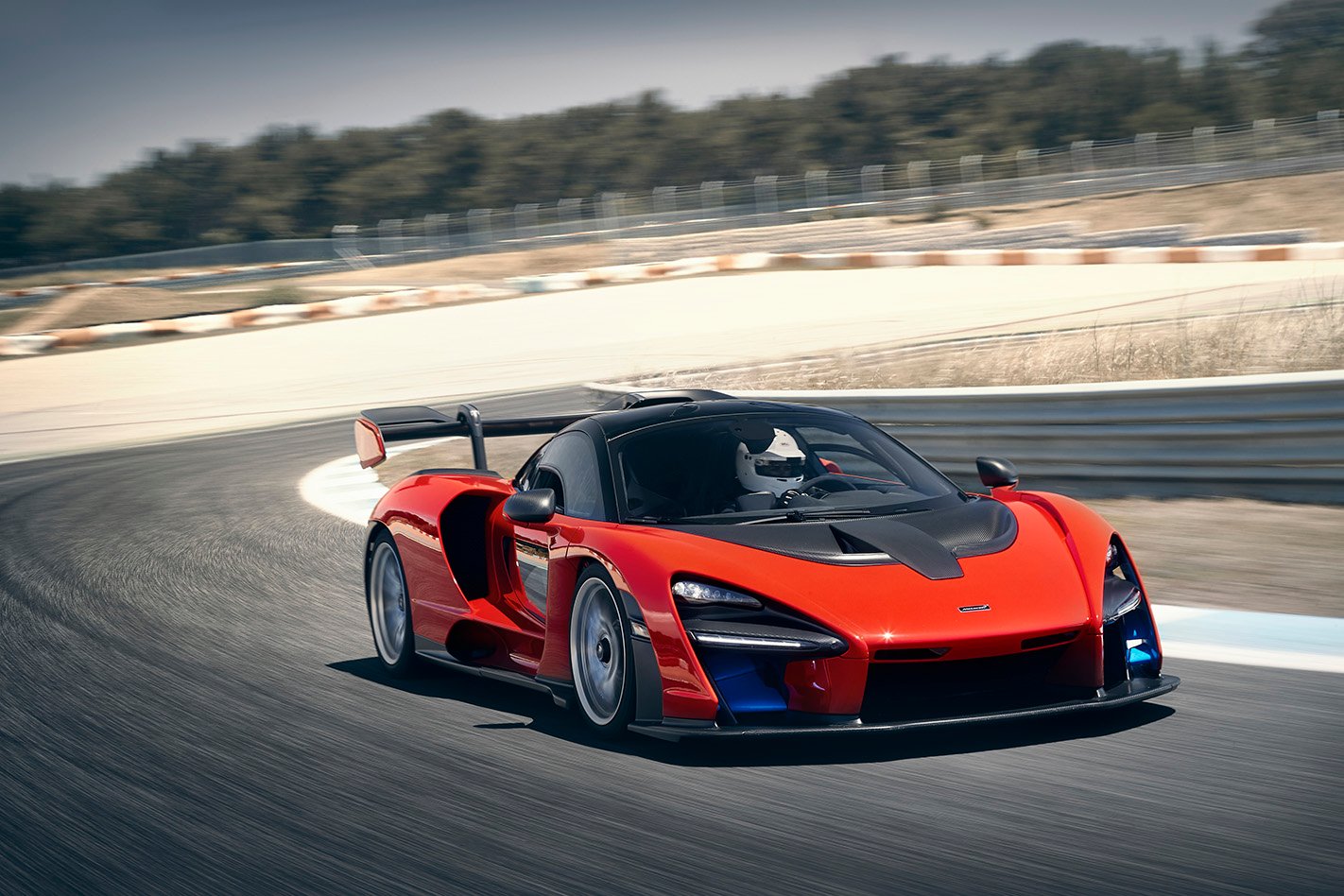
31: Lamborghini Murcielago (2001)
6192cc V12, 427kW/650Nm
Fears Audi’s stewardship would dull Lamborghini’s madness were swiftly dispelled by the Murcielago. The big bull is a bridge between the old and the new, offering outrageous performance without electronic control. Final SV model one of Lambo’s greatest.
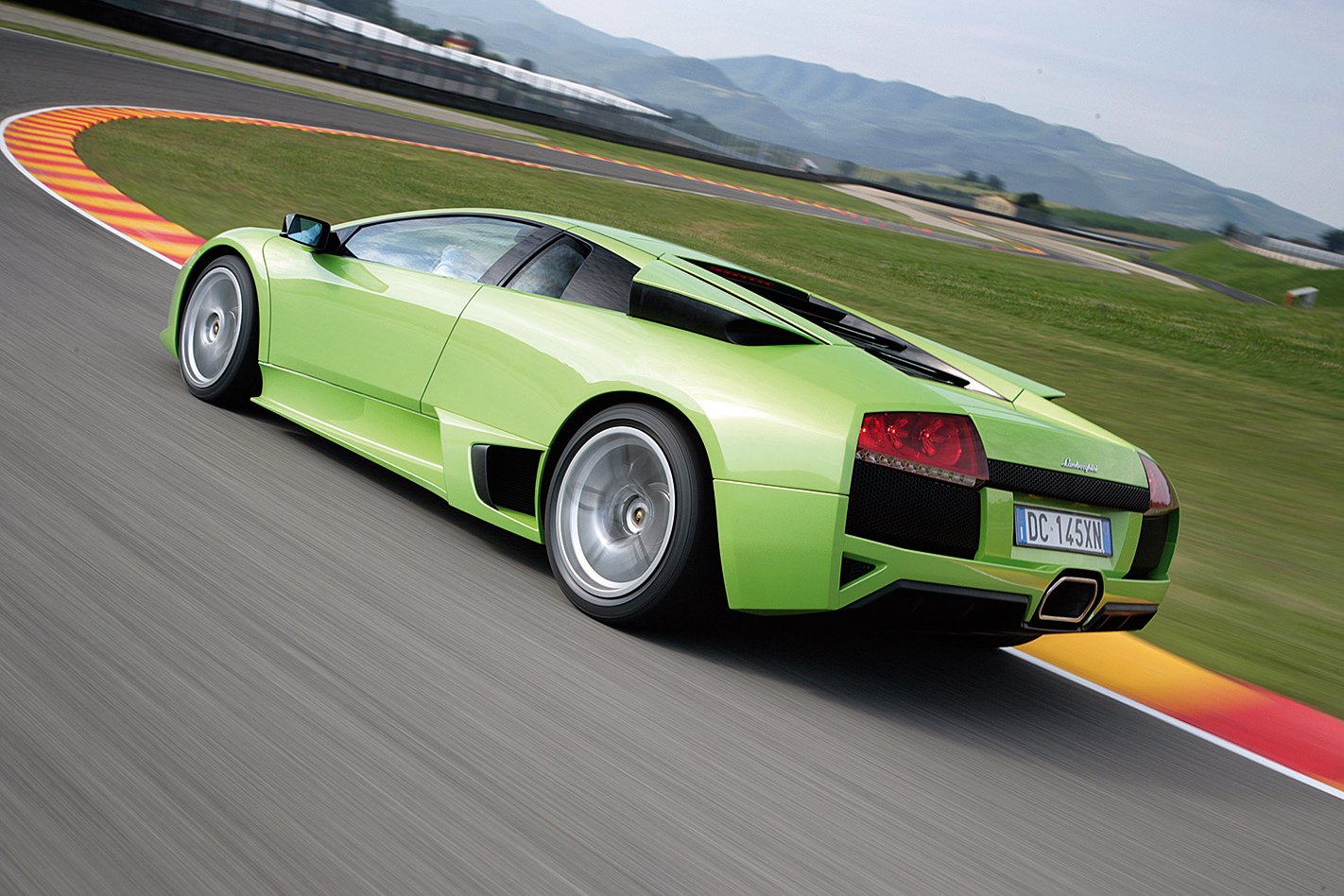
30: Mercedes-AMG SLS Black Series
6208cc V8, 464kW/635Nm
AMG went all out with the SLS Black Series with a 70kg diet, 8000rpm redline, carbon brakes and Cup 2 tyres, just to name a few modifications. Add in those show-stopping Gullwing doors and the fact only 350 were produced worldwide and you have yourself a front-engined supercar.
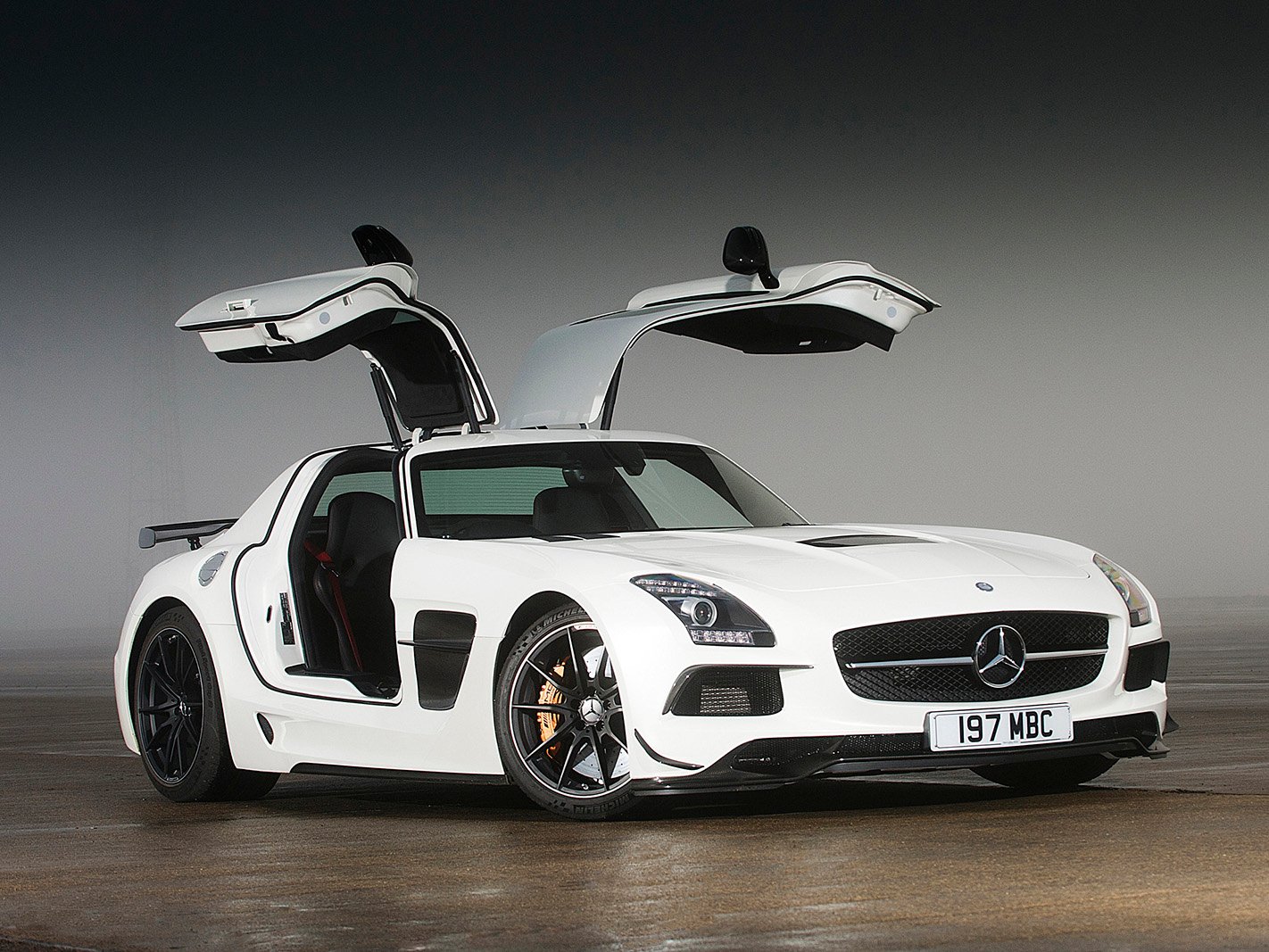
29: RUF CTR3 (2012)
3746cc flat-6TT, 571kW
RUF’s first clean-sheet attempt at a supercar wedged the front of a Cayman into a Multimatic-designed rear structure housing a mega-powerful flat-six. Sounds simple, but road tests suggest the driving experience is about as good as it gets.
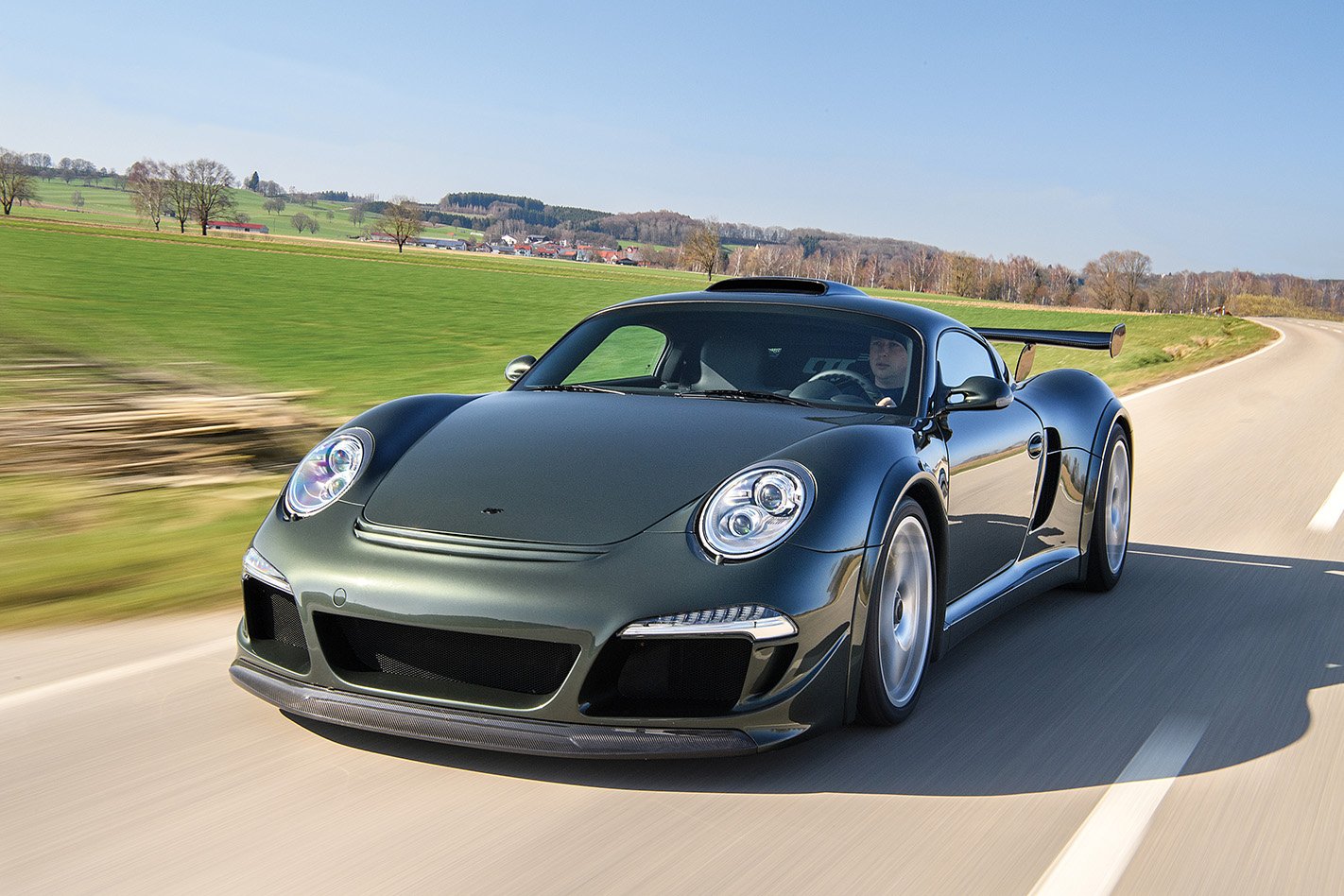
28: Aston Martin One-77 (2009)
7312cc V12, 559kW/750Nm
The most exotic front-engined car ever built, with a full carbon fibre chassis, bespoke Cosworth V12, beautiful looks, incredible craftmanship and a build run of just 77 cars. Sadly, the budget didn’t stretch to a new gearbox, the only option Aston’s lurch-tastic automated manual.

27: Mercedes-Benz CLK GTR (1997)
6898cc V12, 450kW/775Nm
No, this isn’t the car that flipped over at Le Mans, that’s the CLR. The CLK GTR is a homologation special, a torque-laden brute that was the most expensive production car ever. In total 20 coupes and six roadsters were produced, five in ‘SS’ spec.
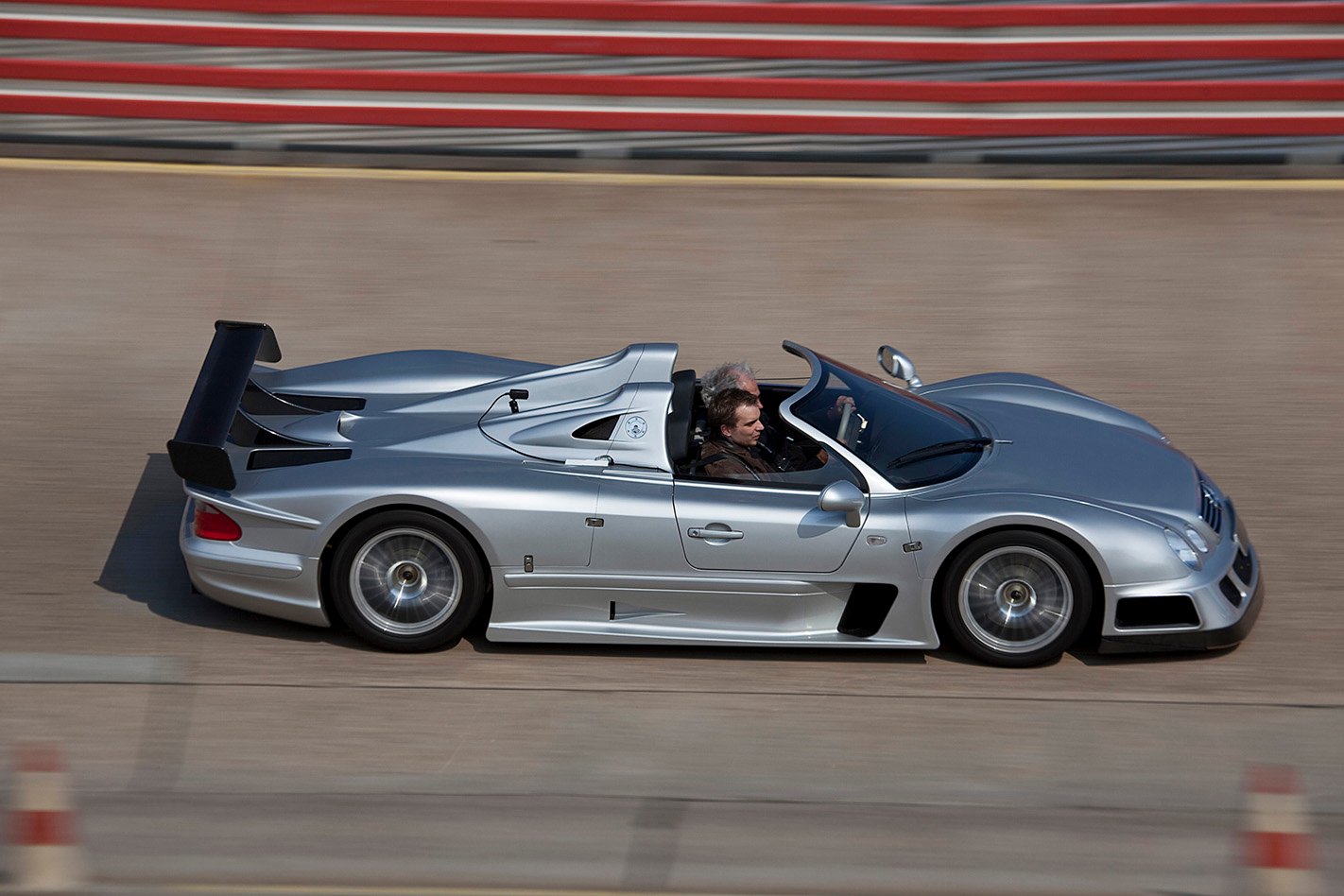
26: Koenigsegg Regera (2016)
5066cc V8TTH, 1103kW
A true mould-breaker, the innovative engineering in the Regera could fill this magazine, but perhaps all you need to know is that it’s almost 10sec quicker to 400km/h than a Bugatti Chiron. Berserk.
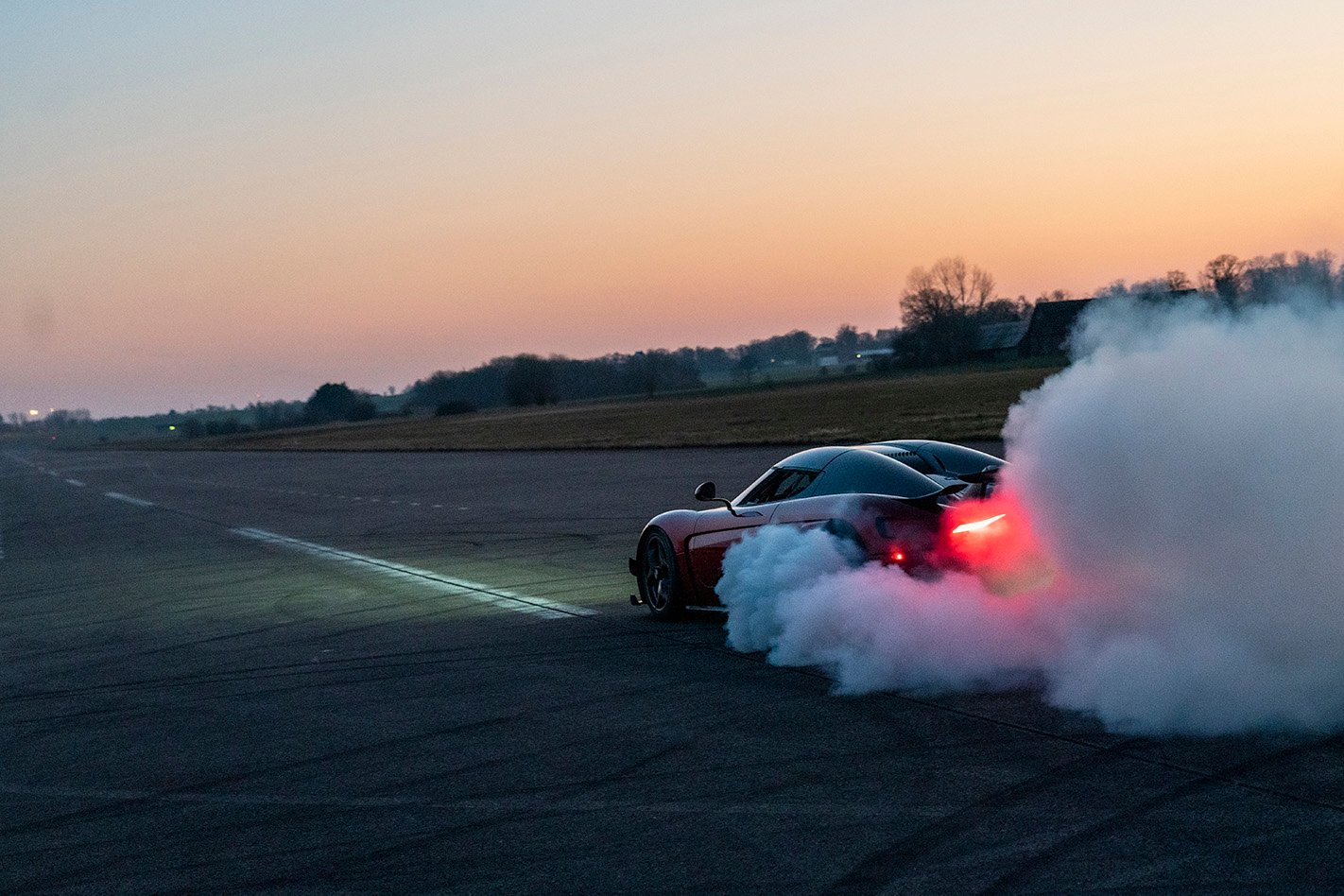
25: McLaren 720S (2017)
3994cc V8TT, 530kW
Can a car be too fast? You’ll probably ask yourself this question after a stint in a 720S. This is a car that has recorded a 10.4sec quarter mile, yet its true genius is in its delicate ride, its brilliant handling and its superb vision. We wish it sounded better, but it’s a truly staggering machine.

24: Jaguar XJ220 (1992)
3498cc V6TT, 404kW/644Nm
Has there ever been a more misunderstood car than the XJ220? The original V12 show car would never have worked; the resulting V6 version was a better car and capable of an incredible 340km/h. Customers didn’t care and stayed away.
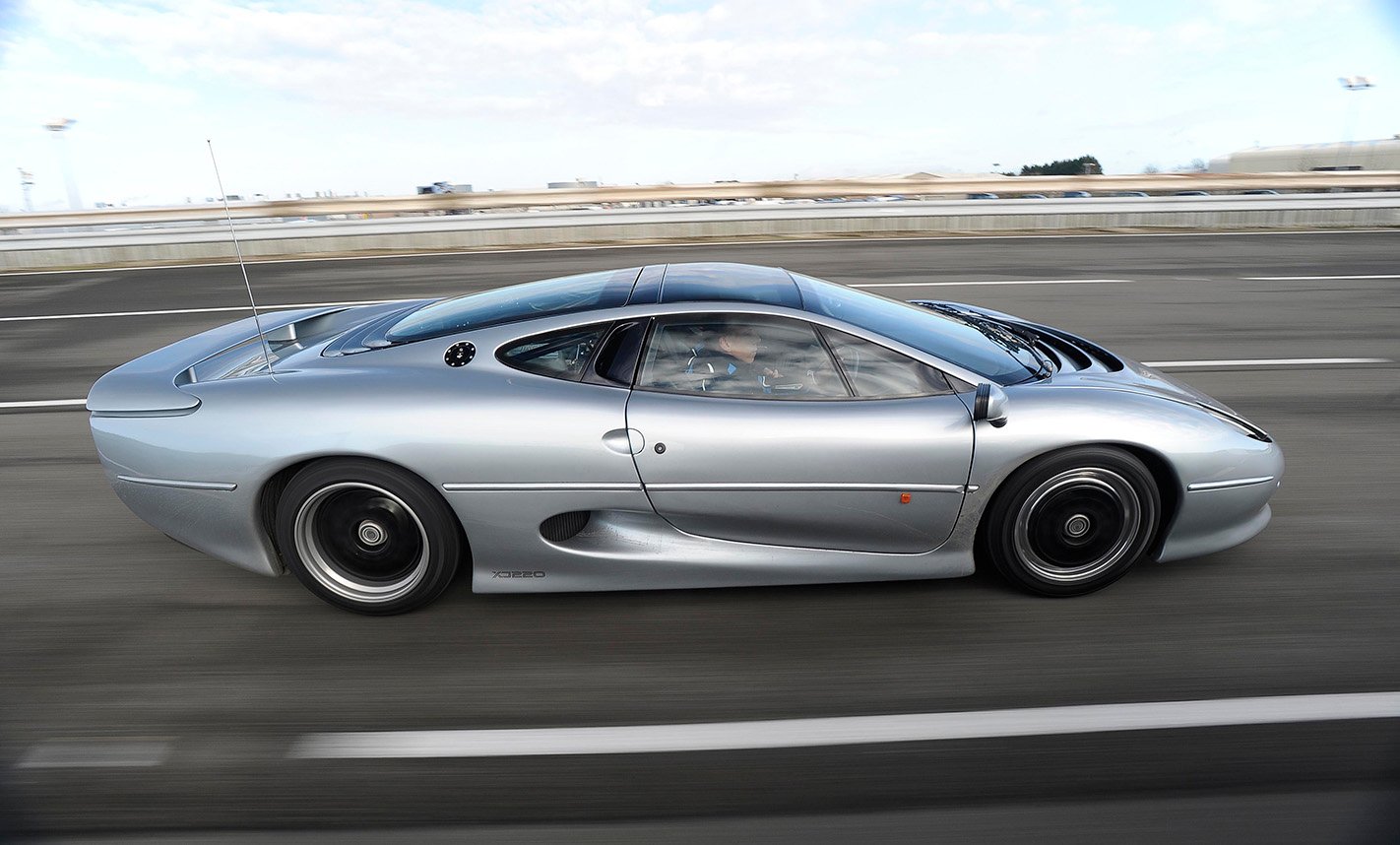
23: Ferrari 458 Speciale (2013)
4497cc V8, 445kW/540Nm
If the 458 Speciale seems a little, well, normal to sit so high, rest assured that the whole is greater than the sum of the parts. And the parts are pretty good, including a 9000rpm V8, but the magic of the Speciale lies not just in its ferociousness but its friendliness. One of the best drivers’ cars ever.

22: McLaren Speedtail (2020)
3994cc V8TTH, 772kW/1150Nm
The Speedtail is different. It cares not for lap times or cornering loads, it has more in common with the TGV in its focus on traversing long distances at massive speed in comfort. It can also carry two (small) passengers, so it’s perfect for the school run.

21: Maserati MC12 (2004)
5998cc V12, 463kW/652Nm
An Enzo in an Adidas tracksuit, the MC12 is rarer (50 road cars; 12 track-only ‘Corse’ variants) and more powerful (+7kW) than the Ferrari on which it’s based. It was created to allow Maserati to re-enter GT racing, a category it utterly dominated.
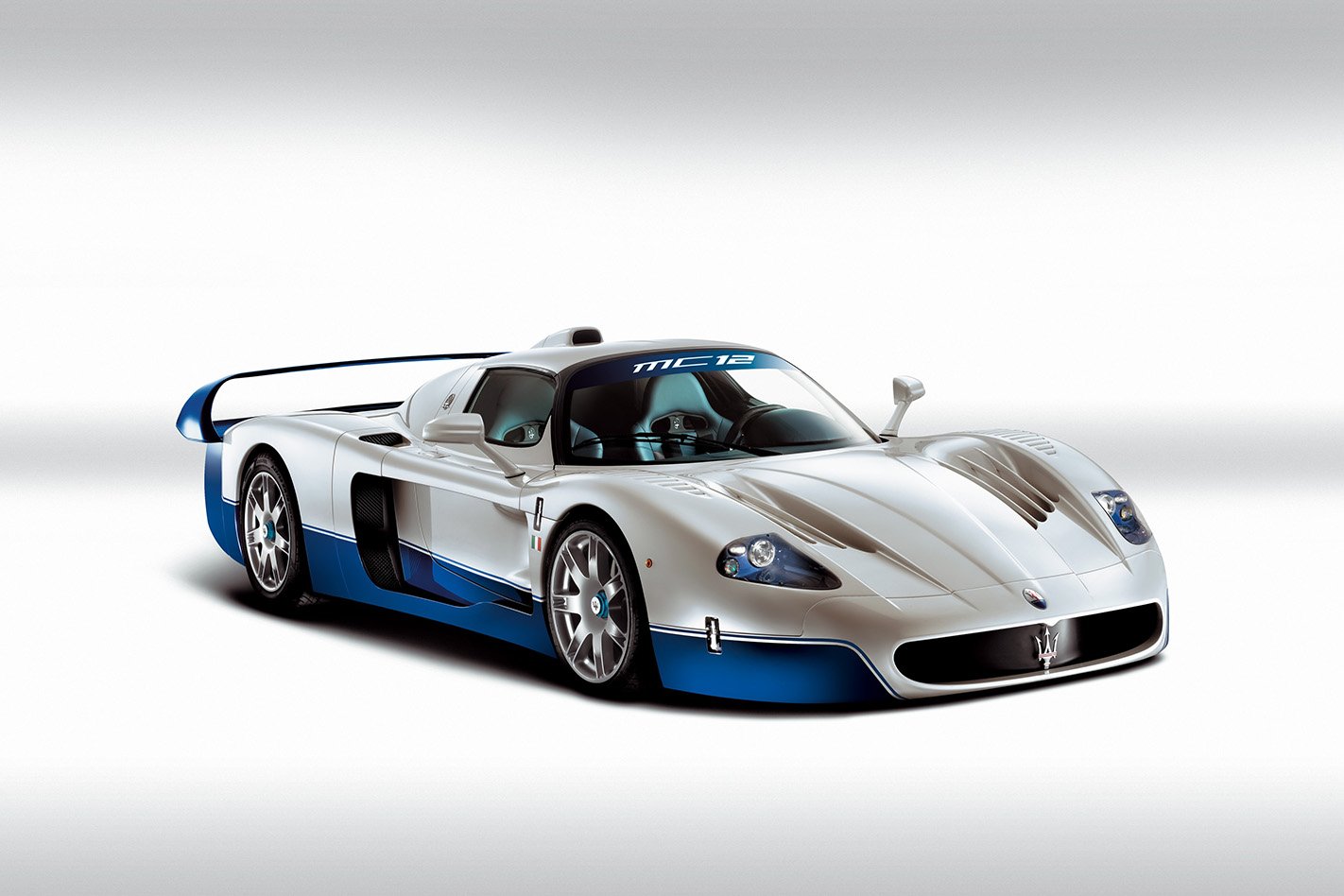
20: Pagani Huayra (2011)
5980cc V12TT, 537kW/1000Nm
Unpronounceable and unaffordable, Pagani’s second offering is as close as cars will ever come to being works of art. Exquisitely crafted with a price tag to match (AUD$5m-plus), the Huayra is an intoxicating mix of track-focused function and gallery-worthy form.

19: Jaguar XJR-15 (1990)
5993cc V12, 336kW/569Nm
The world’s first carbon fibre road car, the XJR-15 was envisioned as a road-going version of the XJR-9 Le Mans racer. Sixteen cars were used for the world’s most expensive one-make race series, which supported three 1991 F1 races.

18: Bugatti EB110 (1991)
3500cc V8, 412kW/611Nm
The EB110 had everything it needed. It was advanced in concept and construction, outrageously fast and well developed with a historic badge. Everything except customers. Just 139 were produced before Bugatti itself folded in bankruptcy.
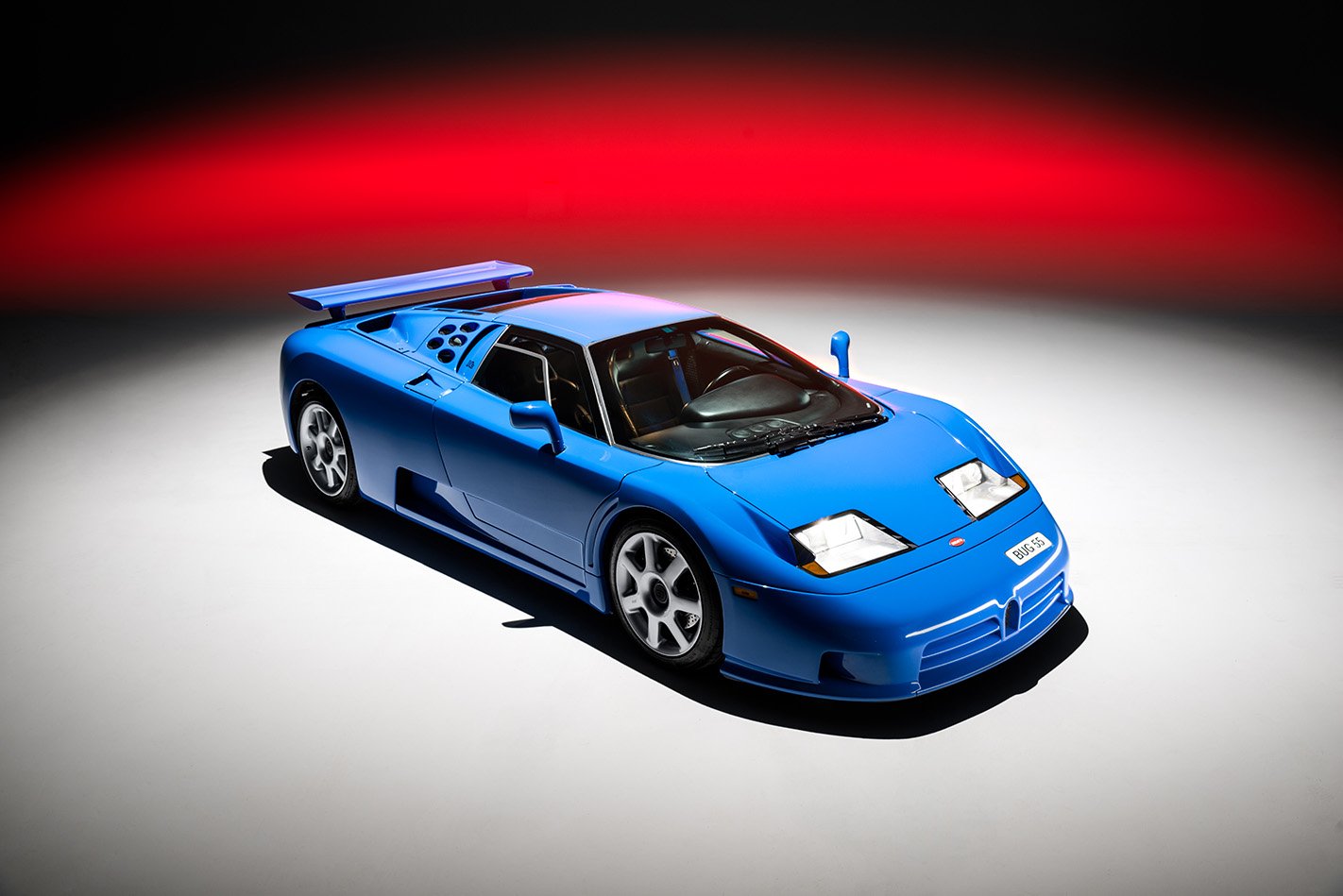
17: Koenigsegg Agera (2011)
5033cc V8TT, 706kW/1100Nm
Koenigsegg took to turbocharging like a duck to water. The Agera opened the bidding with 706kW/1100Nm, which quickly grew to 1000kW/1371Nm in the case of the One1. Thus equipped, an Agera RS rocketed to 458km/h to become the world’s fastest car.
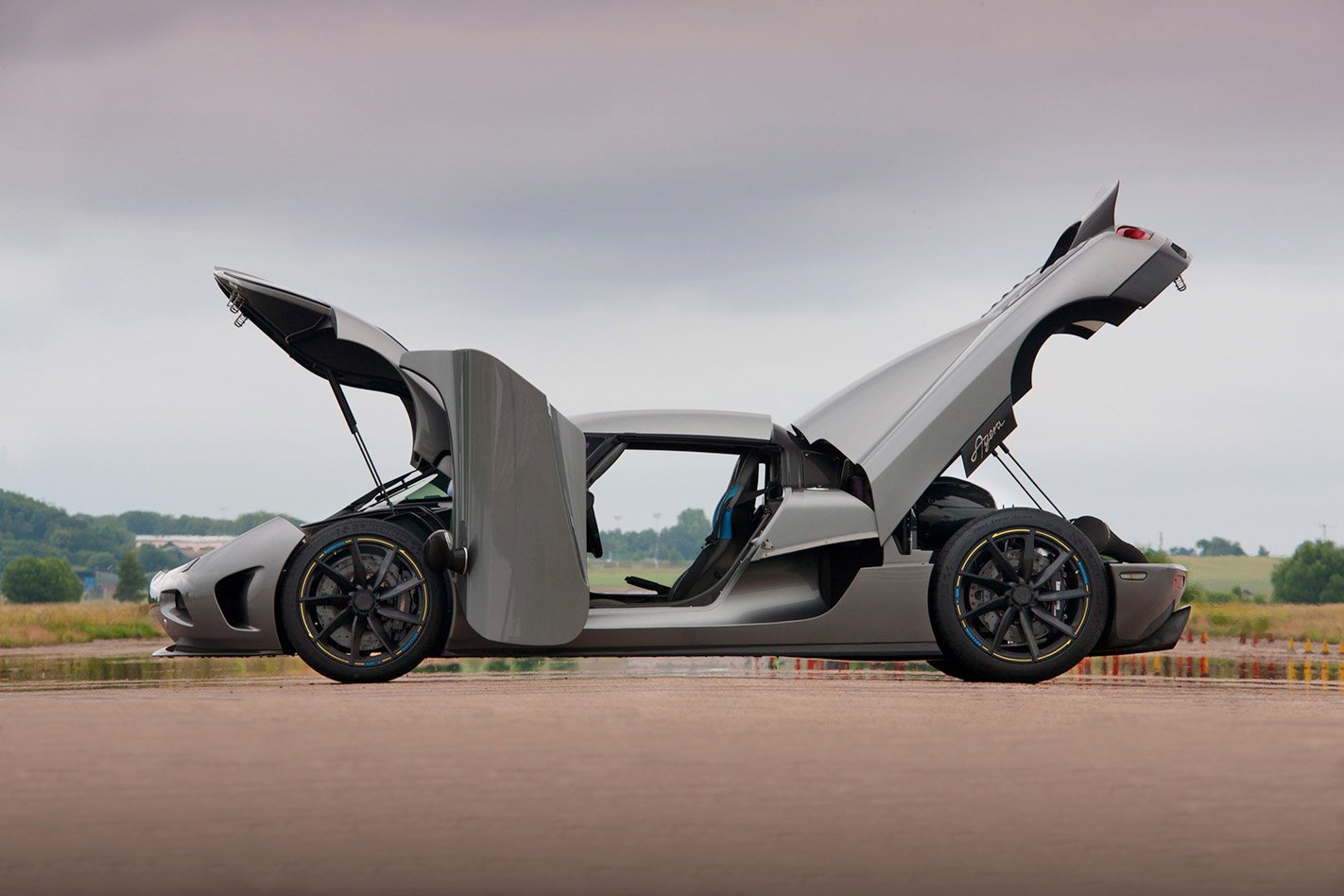
16: Bugatti Chiron (2016)
7993cc W16TTTT, 1103kW
The Veyron was always going to be a tough act to follow. Not only did Bugatti play to its traditional strengths of power, speed and luxury but added a welcome dash of driver involvement, something many felt were missing from the original hypercar.
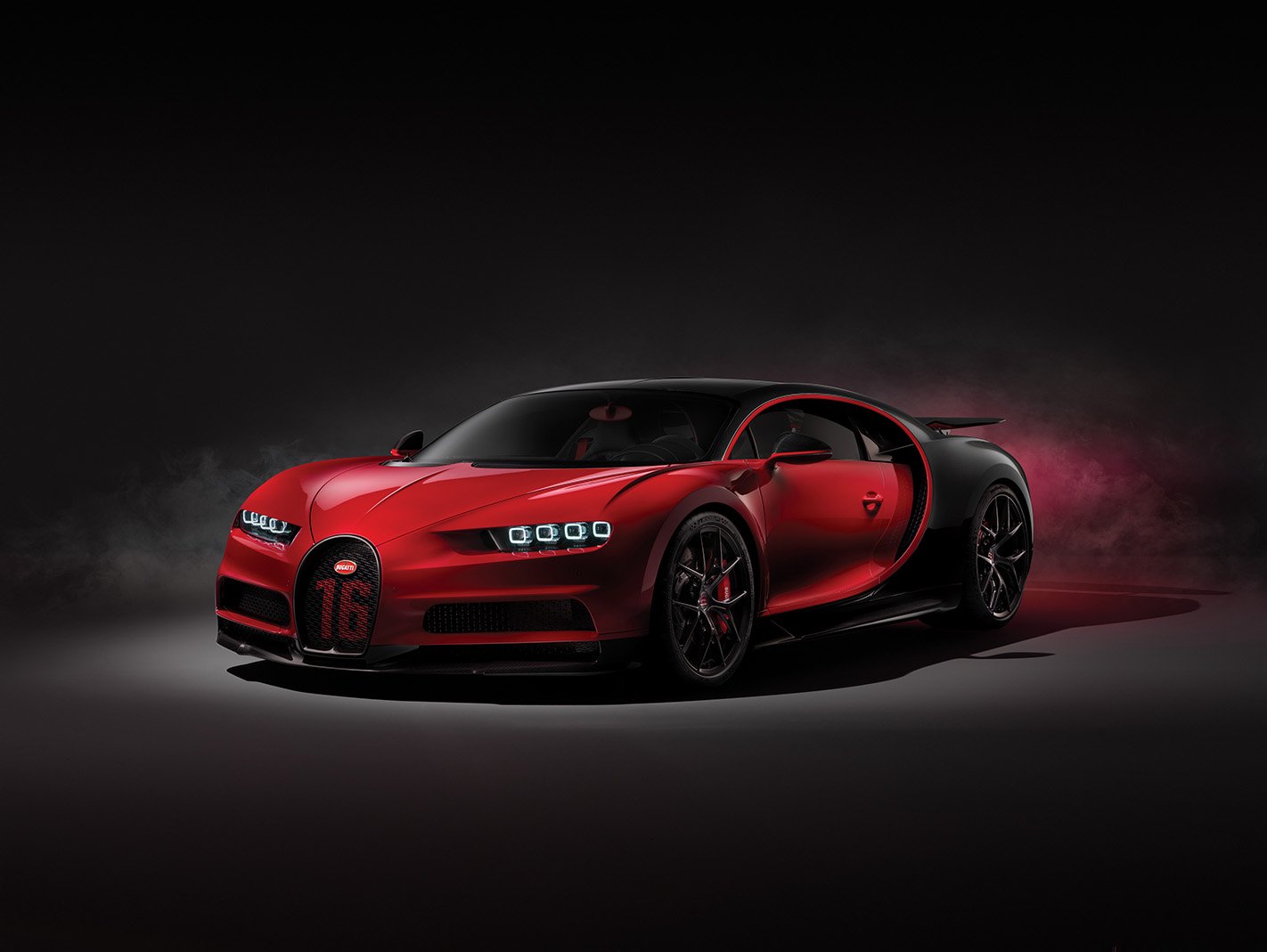
15: Ferrari 288 GTO (1984)
2855cc V8TT, 294kW/496Nm
You could make the case that the 288 GTO is Ferrari’s greatest supercar. It’s the rarest – 272 examples – most beautiful and most civilised of Ferrari’s special models and also provided the basis for the F40. Good value for many years, the ship has now long sailed.
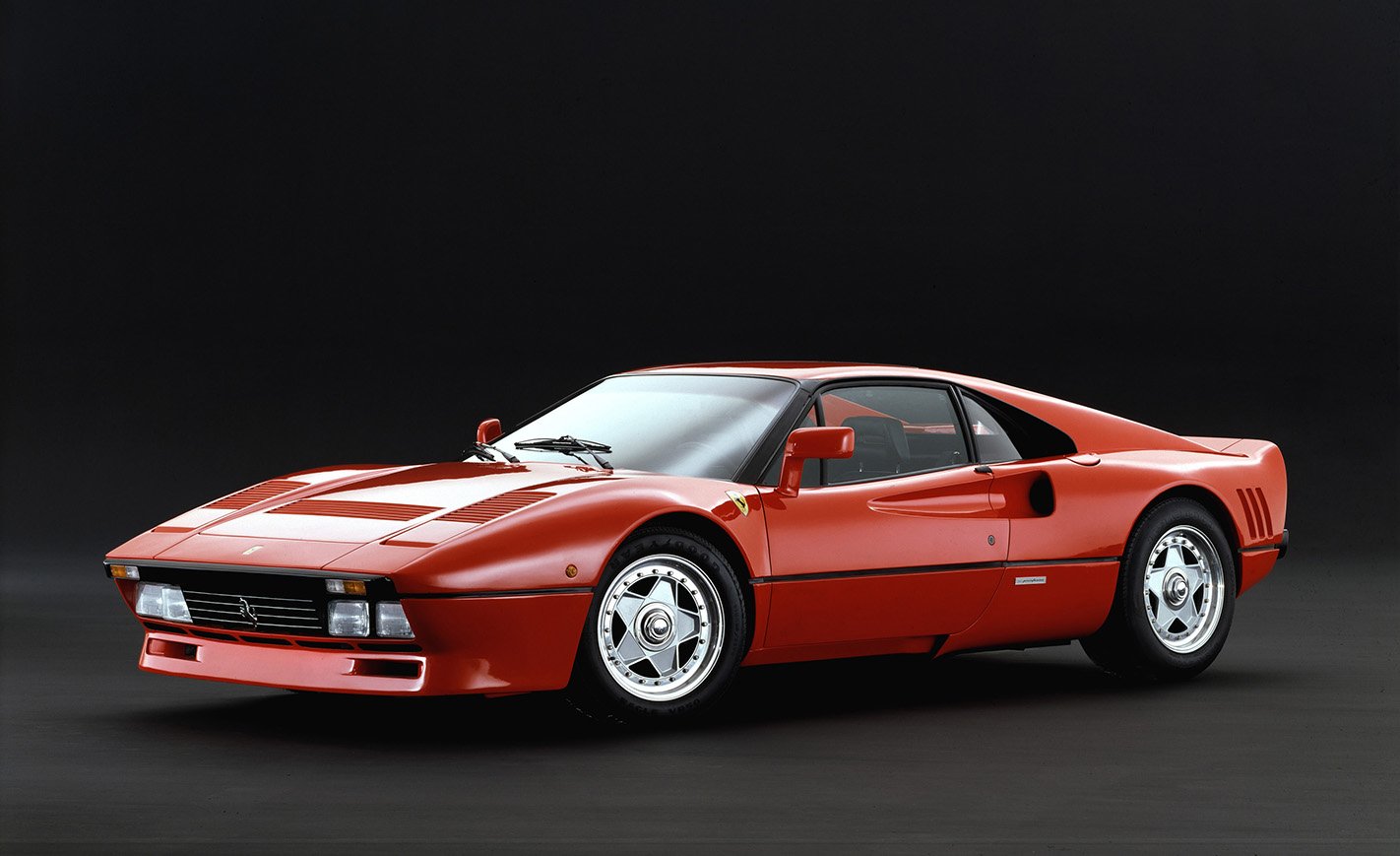
14: Porsche 918 Spyder (2013)
4593cc V8H, 652kW/1280Nm
Porsche pushed the hybrid boat out furthest of all the ‘Holy Trinity’ and reaped the rewards, AWD traction giving a sub-3.0sec 0-100km/h time (and 10.2sec quarter mile!), electric motors providing unrivalled response and remarkable fuel economy.

13: McLaren P1 (2013)
3799cc V8TTH, 674kW/980Nm
Was McLaren stung by criticism its regular models were too straight-laced? Possibly, as the P1 is utterly unhinged. Even massive Corsa rear tyres can’t contain the combination of turbo and electric torque, making McLaren’s first Ultimate Series a wild ride.
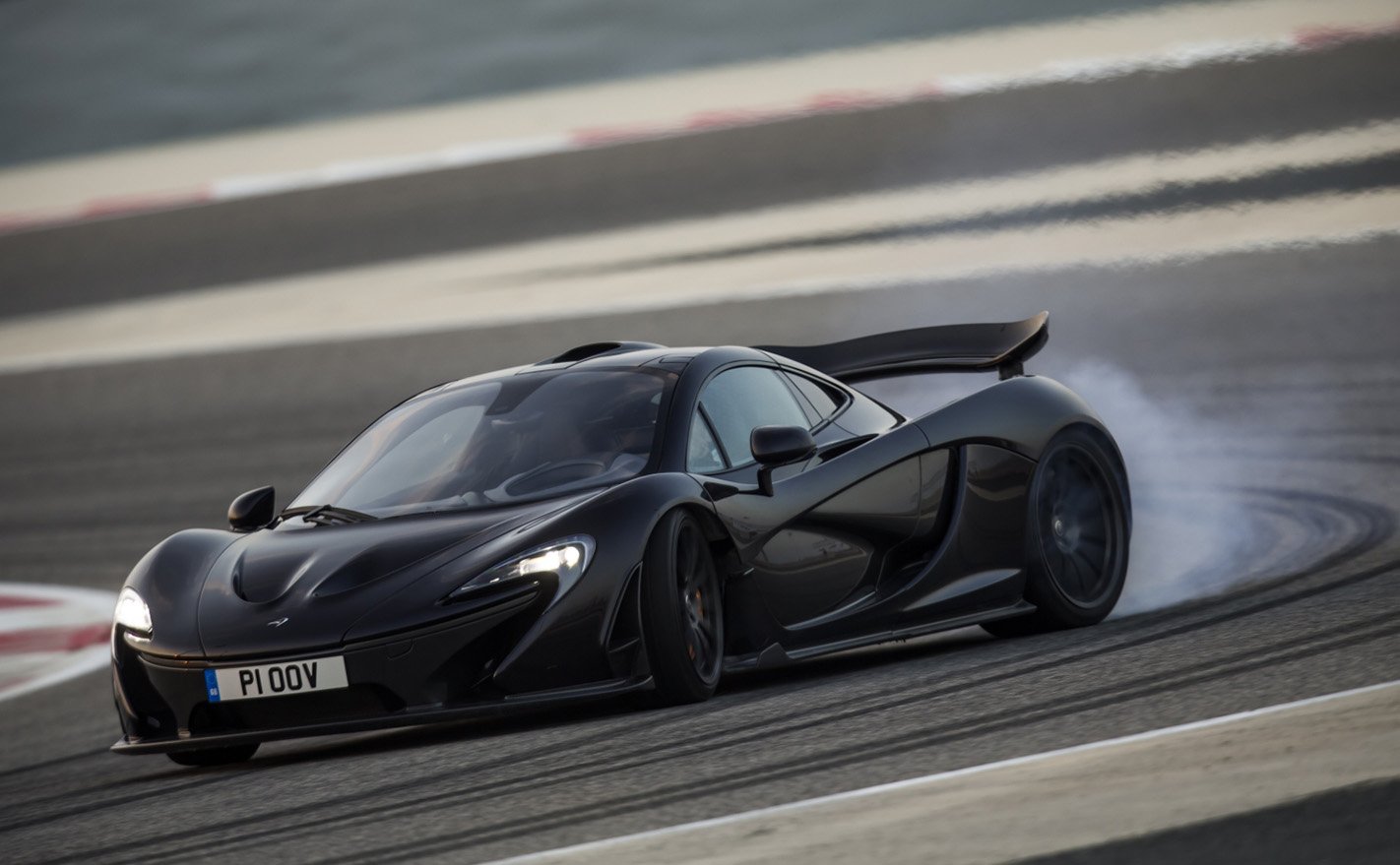
12: Porsche 959 (1986)
2849cc flat-6TT, 331kW/500Nm
The 959 would be considered high tech if it was released today; in 1986 it was science fiction. Sequential turbochargers, adaptive all-wheel drive, electronic suspension, magnesium wheels, not to mention 0-100km/h in 3.8sec and a 319km/h top speed.
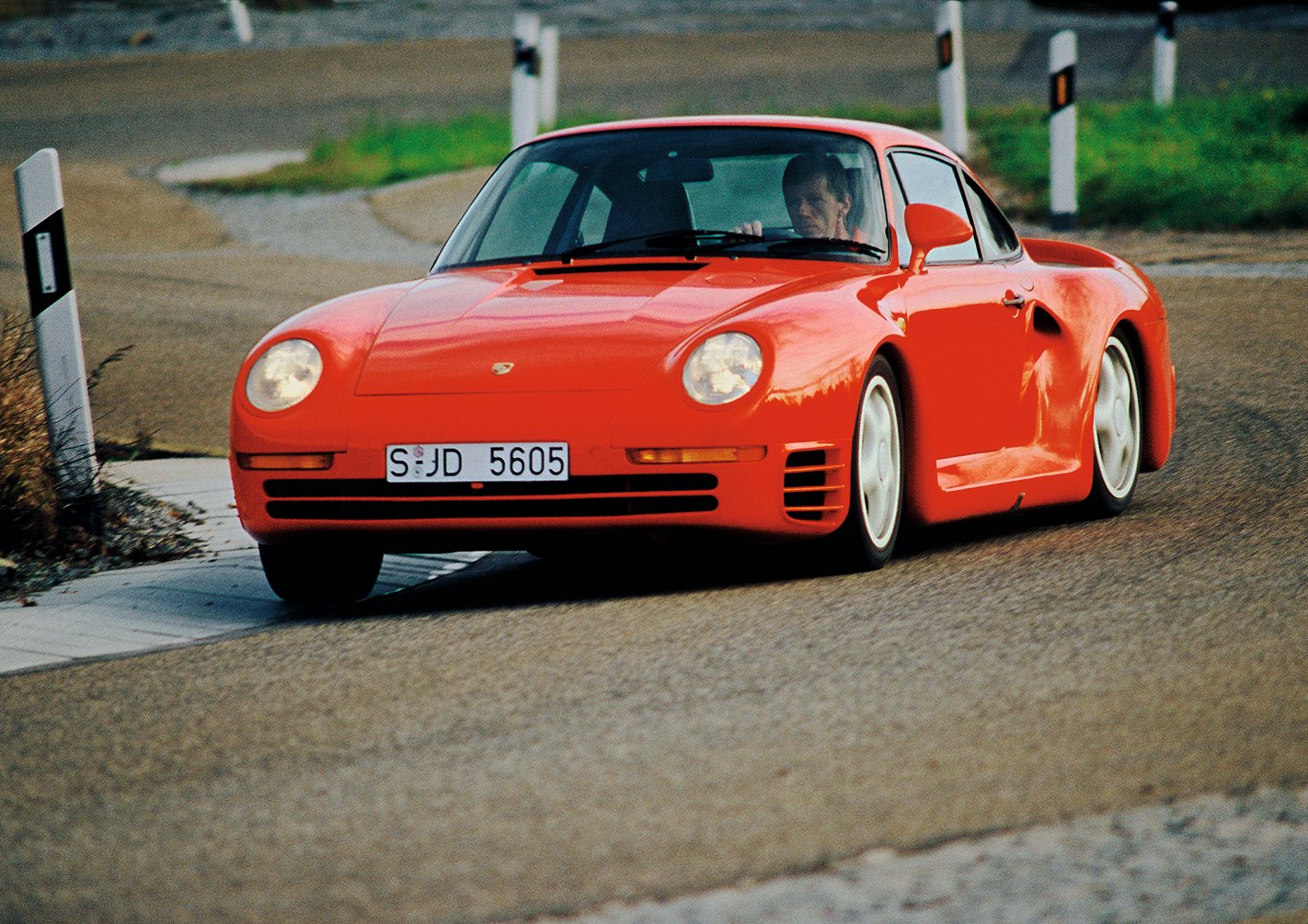
11: Lamborghini Countach (1974)
3929cc V12, 276kW
Most Countachs aren’t great to drive. Does it matter with looks like this? Everyone has a favourite: some prefer the clean lines of the LP400, while others love the iconic LP5000 and a select few the wild ’80s excess of the 25th Anniversary. Over the years the V12 grew from 3.9 to 5.2 litres and from 276kW to 335kW. Cannonball, baby!

10: Lexus LFA (2011)
4805cc V10, 412kW/480Nm
If you’re going to take 10 years developing something, you better hope you get it right. Lexus got it right. From the wonderful steering to the best brake feel of any road car to the jewel of a V10, only the single-clutch transmission ages this Japanese masterpiece in any way.
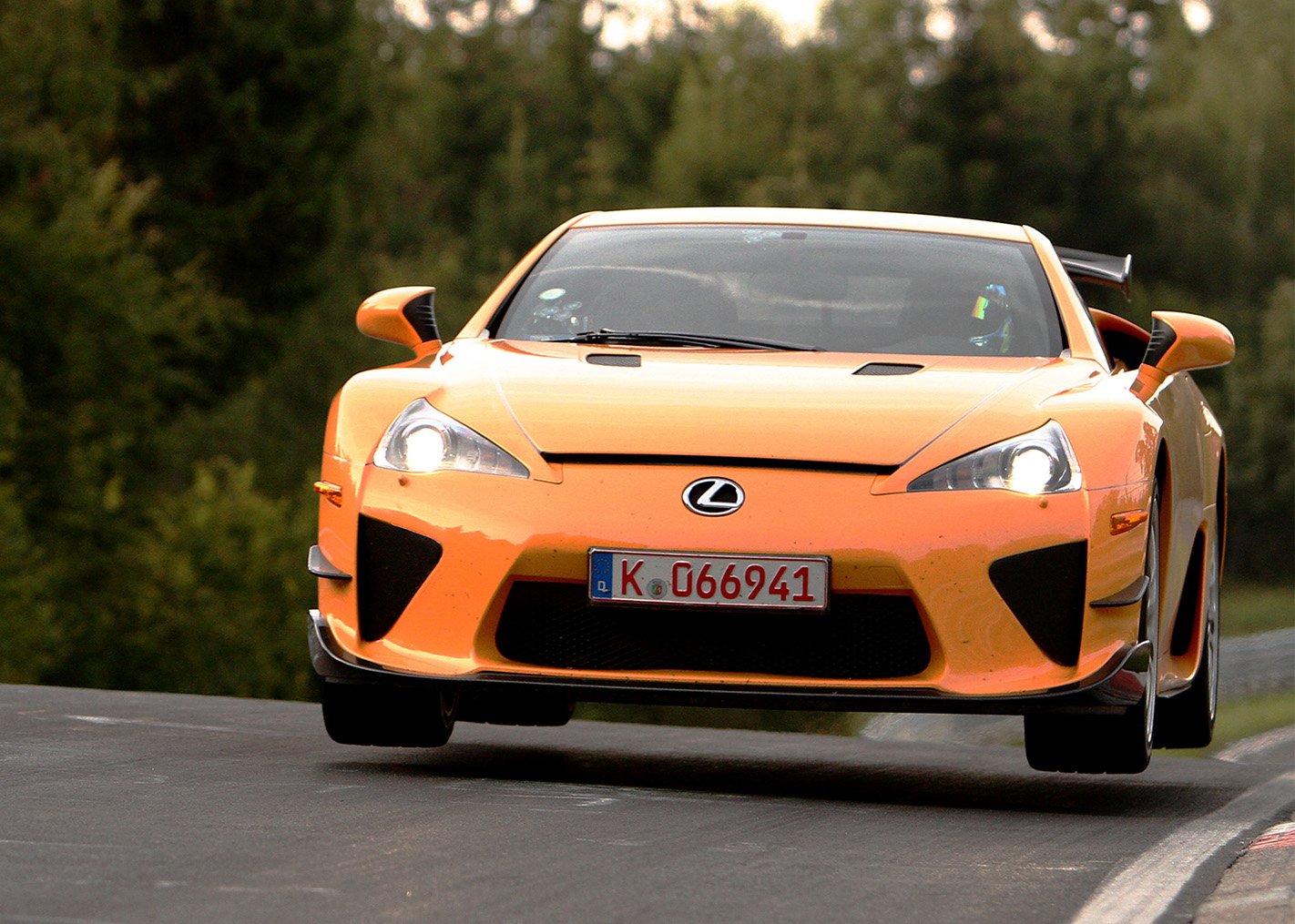
9: Pagani Zonda (2002)
7291cc V12, 408kW/750Nm
It’s hard to believe, but when the Zonda first appeared in 1999, the work of the unknown Pagani, it had a mere 289kW from its Mercedes 6.0-litre V12. Two decades on and Pagani is still building Zondas, usually upgrading older models to the latest 559kW ‘760’ spec.

8: Ferrari F50 (1995)
4699cc V12, 382kW/471Nm
Dismissed at launch by many, the F50’s stature in the supercar community has grown exponentially in the last decade, buyers waking up to its rarity (349 built), its screaming F1-derived V12 and its intimately connected, sweetly balanced chassis.
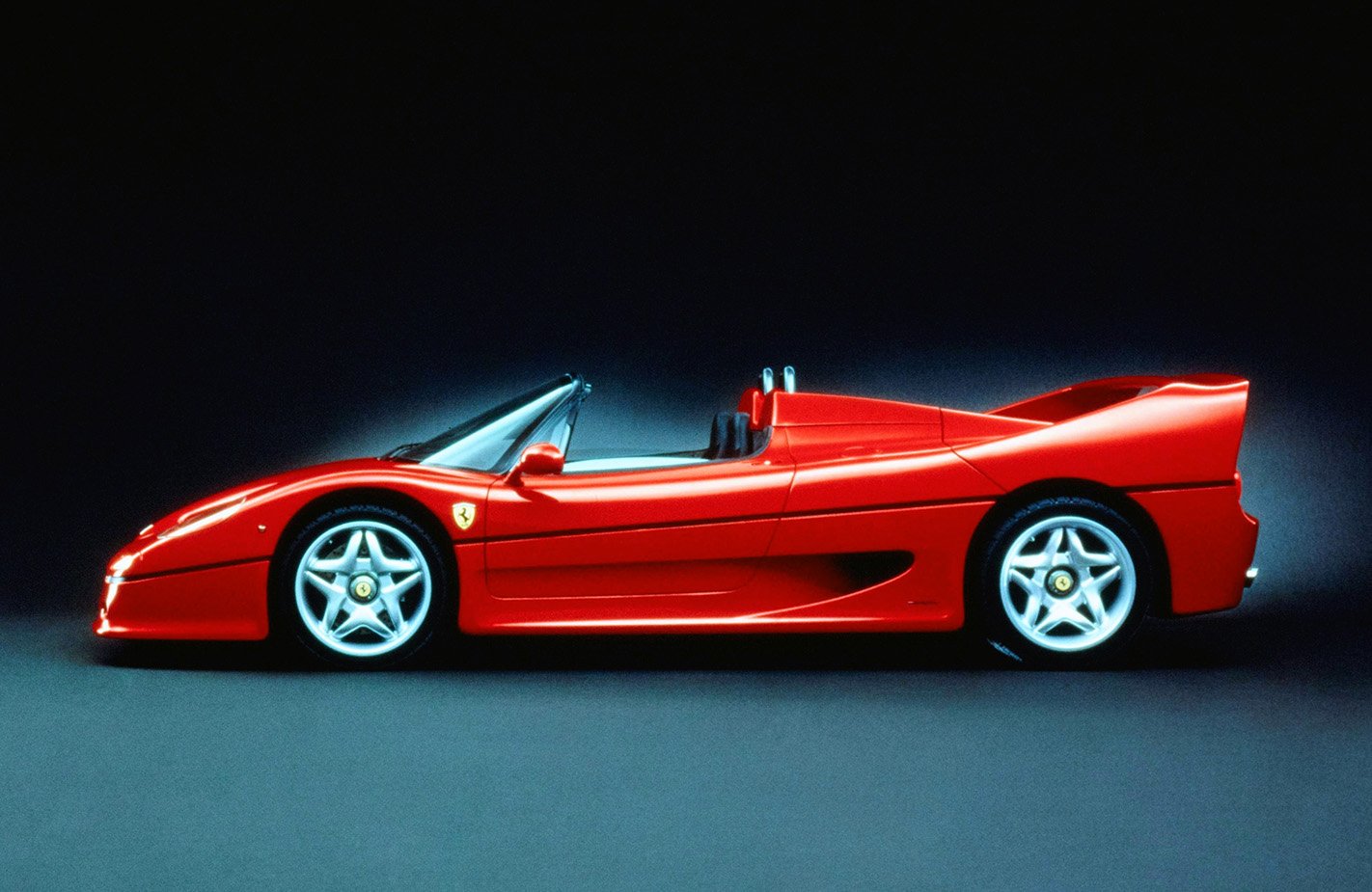
7: Ferrari Enzo (2003)
5998cc V12, 485kW/657Nm
Fittingly, for a car named after the company’s founder, the Enzo was king of the hill in the early-’00s, at least among its contemporaries. In a 2005 supercar mega-test held at Nardo the Enzo stormed to a 352km/h top speed, head and shoulders above anything else, while also being the most accelerative. It wasn’t, however, the quickest around the handling circuit. That honour goes to the next car on the list.
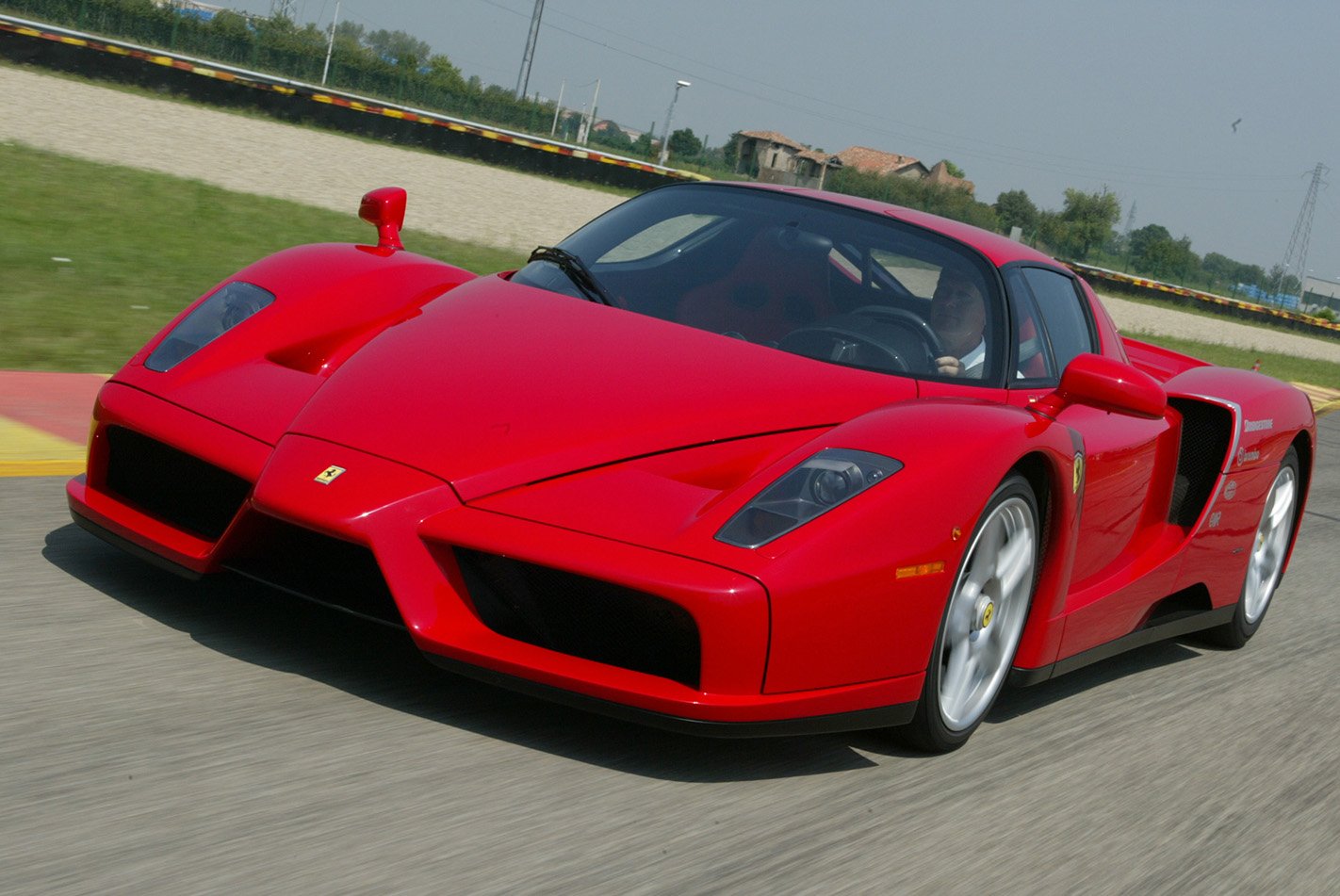
6: Porsche Carrera GT (2003)
5733cc V10, 450kW/590Nm
The trouble with technology is it quickly becomes old news. The Enzo’s F1 shift was cutting edge in 2002 but now feels dated, whereas the Carrera GT’s slick beech-topped manual shift will forever feel current. Infamous at launch for being easy to stall and tricky to handle, modern rubber has caught up with the talents of Porsche’s carbon-tubbed artwork, allowing full use of that singing V10.

5: Bugatti Veyron (2005)
7993cc W16TTTT, 736kW
Ferdinand Piech’s pet project redefined what a car could do, what a car could be. The Veyron sent top speed, power outputs and price tags into the stratosphere yet demanded nothing of its driver except very deep pockets. To some, the fact the Veyron was no more taxing than an Audi TT was a negative, but there’s no doubt it attracted a whole new style of clientele and changed the supercar game forever.
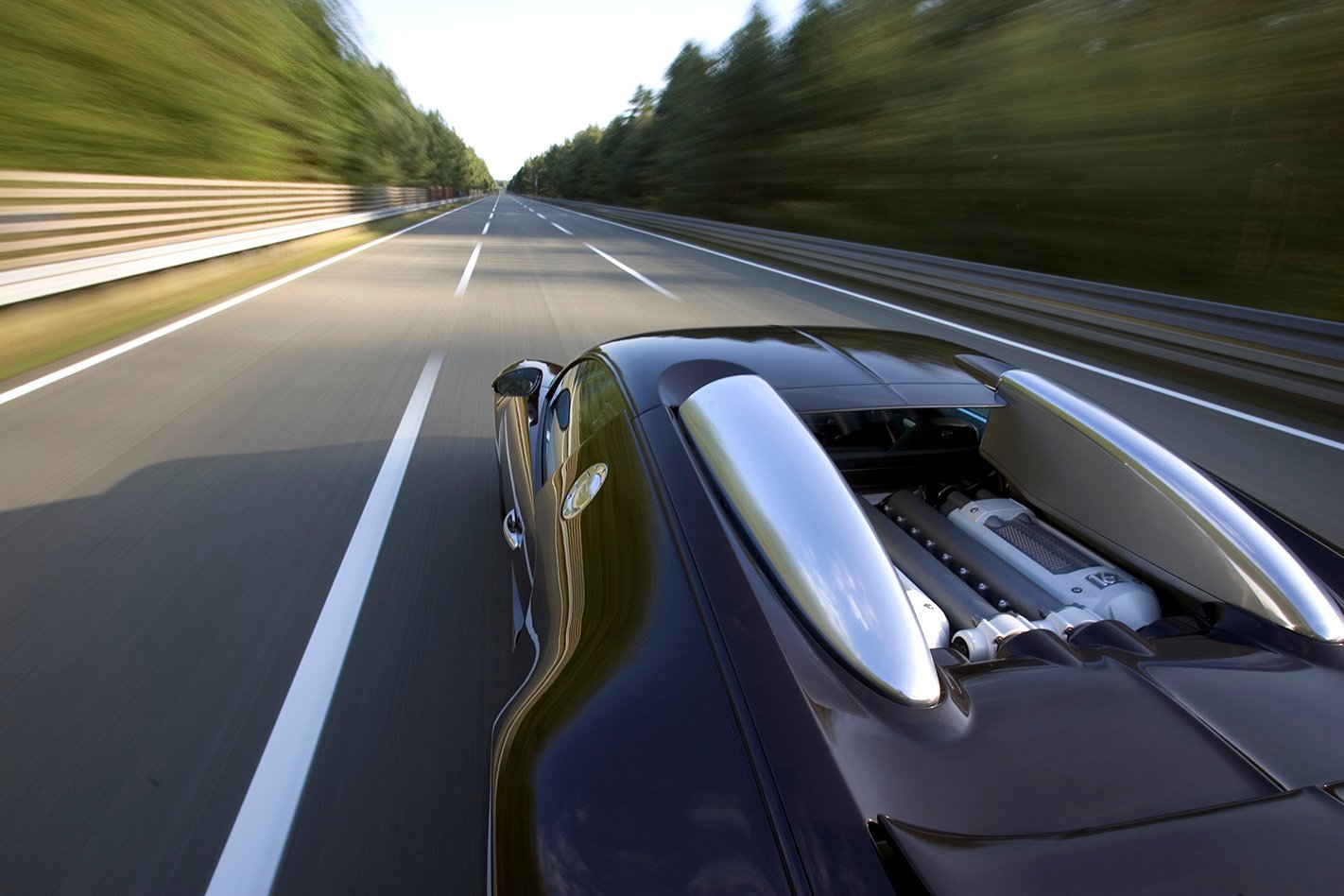
4: Ferrari LaFerrari (2013)
6262cc V12H, 708kW
It’s a silly name, yet it’s not – this is ‘The Ferrari’, everything the Prancing Horse had learned about making incredible performance cars since 1947 distilled into one car. It embraced the latest hybrid technology but used it purely to increase performance and driveability. Simply put, the LaFerrari is the definitive modern supercar.
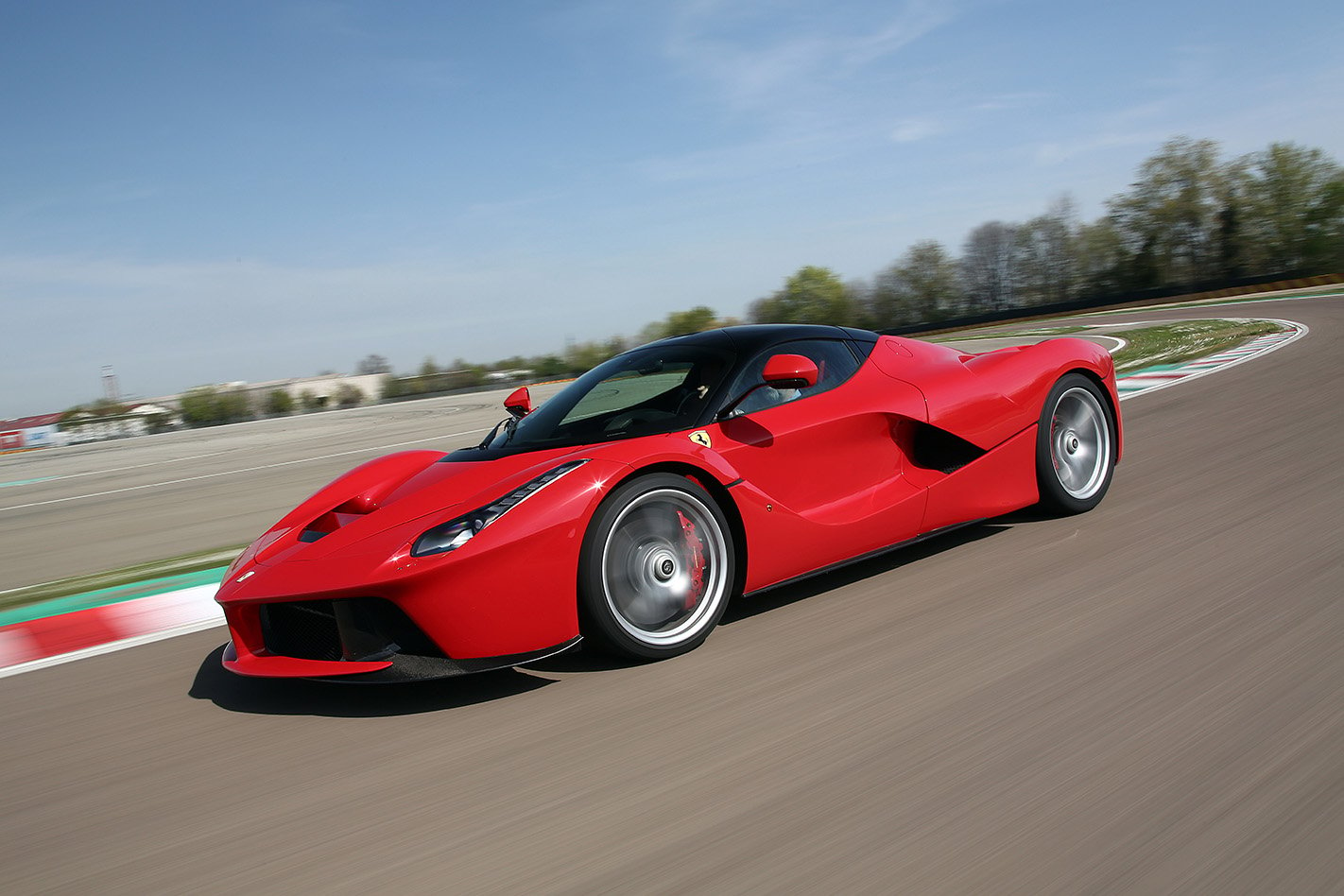
3: Ferrari F40 (1987)
2936cc V8TT, 352kW
As Dennis Denuto said: “It’s the vibe of the thing.” The F40 isn’t that rare (1315 were built), wasn’t very well built, objectively had massive turbo lag and terrible brakes and yet, look at it, it’s a snarling, flame-spitting thrill ride that eschewed technology for adrenaline. If the end goal of a supercar is to make you go “phwoar!” then few are better.

2: Lamborghini Miura (1966)
3929cc V12, 257kW/335Nm
Genesis. The Miura was the first machine worthy of the term ‘supercar’ and set both the template – blinding speed from a mid-mounted V12 with looks and a noise to die for – and the benchmark. Its performance has long been surpassed, its styling arguably not. More than that, it perfectly captured the mid-’60s zeitgeist, a time when anything was possible: space travel, supersonic flight, supercars. For proof of its star status, look no further than its owners list: Frank Sinatra, Twiggy, Rod Stewart, Eddie Van Halen, Jay Kay and Miles Davis.

1: McLaren F1 (1992)
6064cc V12, 461kW/650Nm
How do you beat the car that invented the game? By rewriting the rulebook. The F1 took the Miura’s oft-copied template and elevated it to a level that created a paradigm shift for supercars. Gordon Murray’s singular vision for the ultimate driving machine didn’t so much beat the establishment as ignore it completely. This was a road car capable of 386km/h with room for three people and luggage. The only thing the F1 couldn’t beat was a financial meltdown. Just 64 road cars were sold and 106 made in total, but this rarity only adds to its allure and value today.







